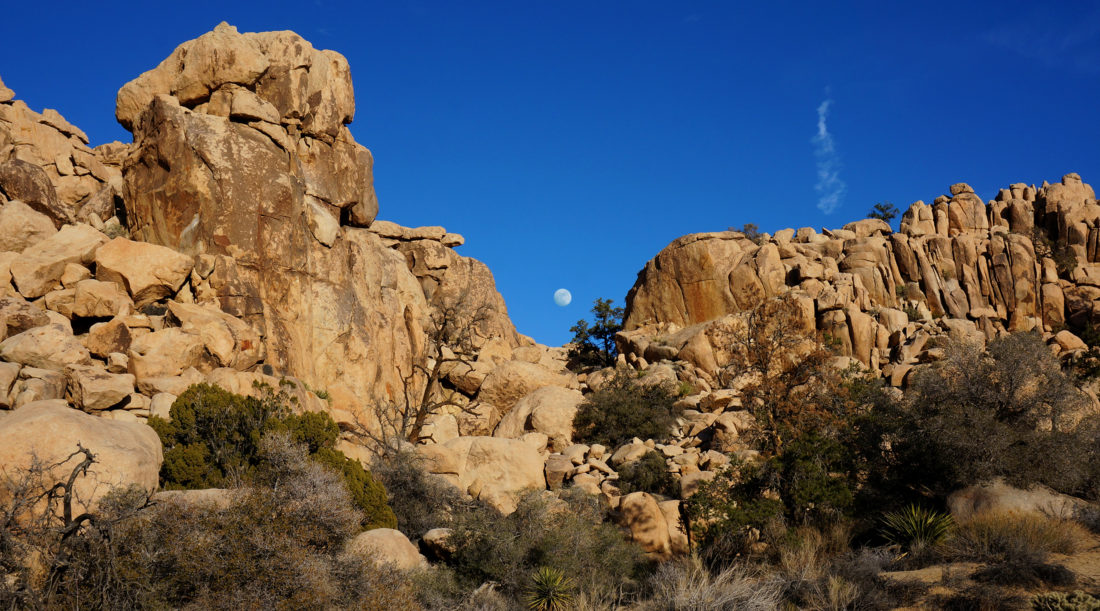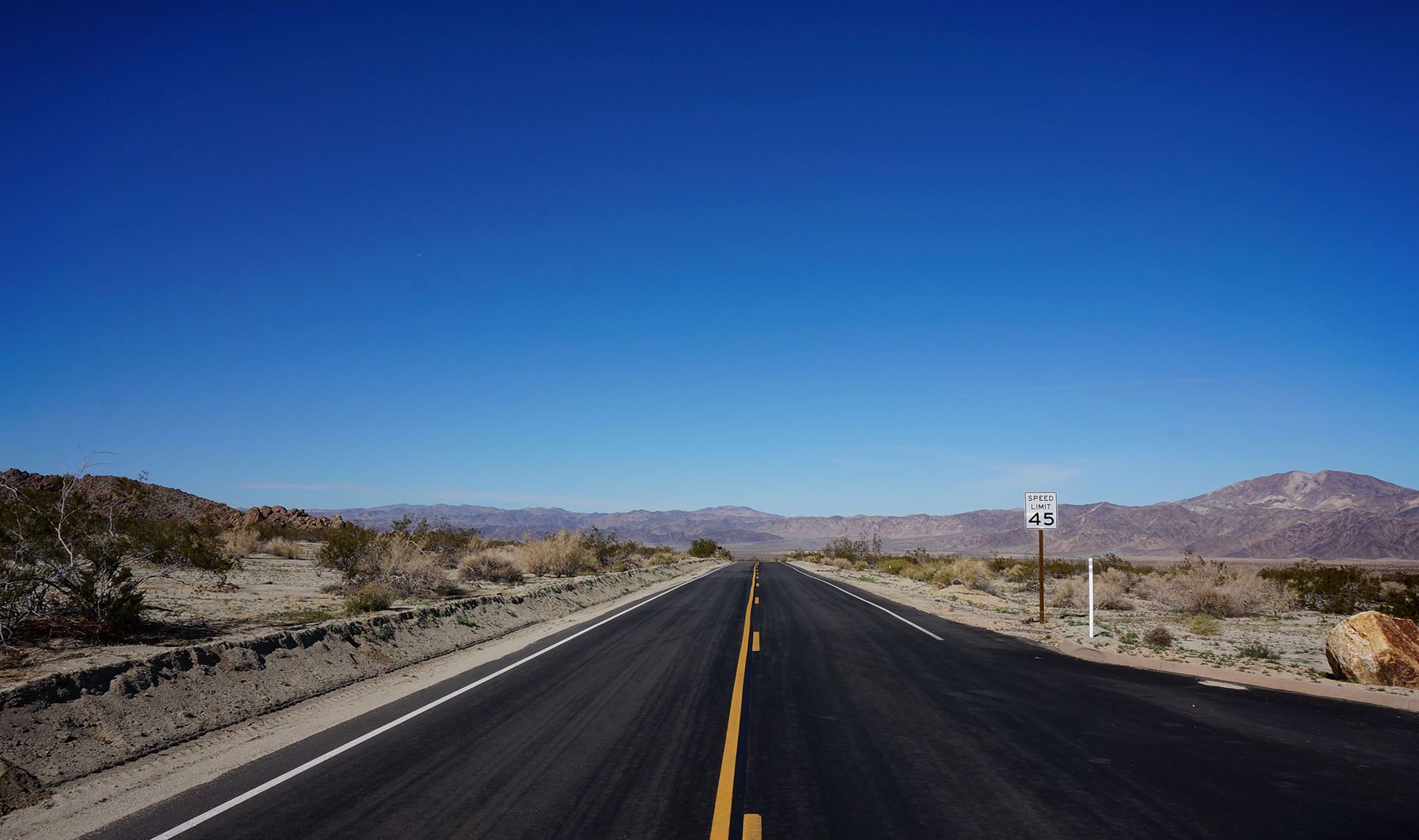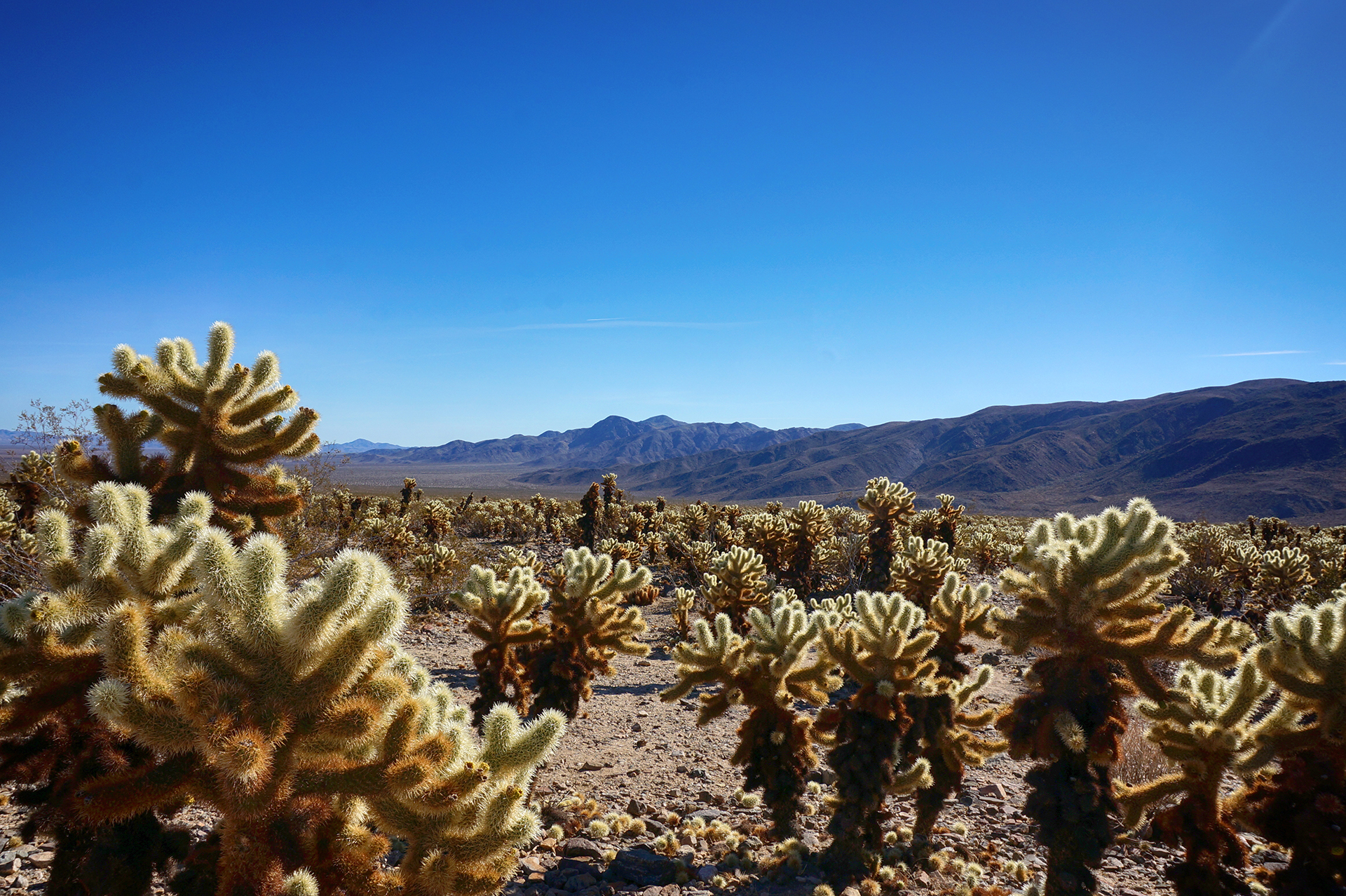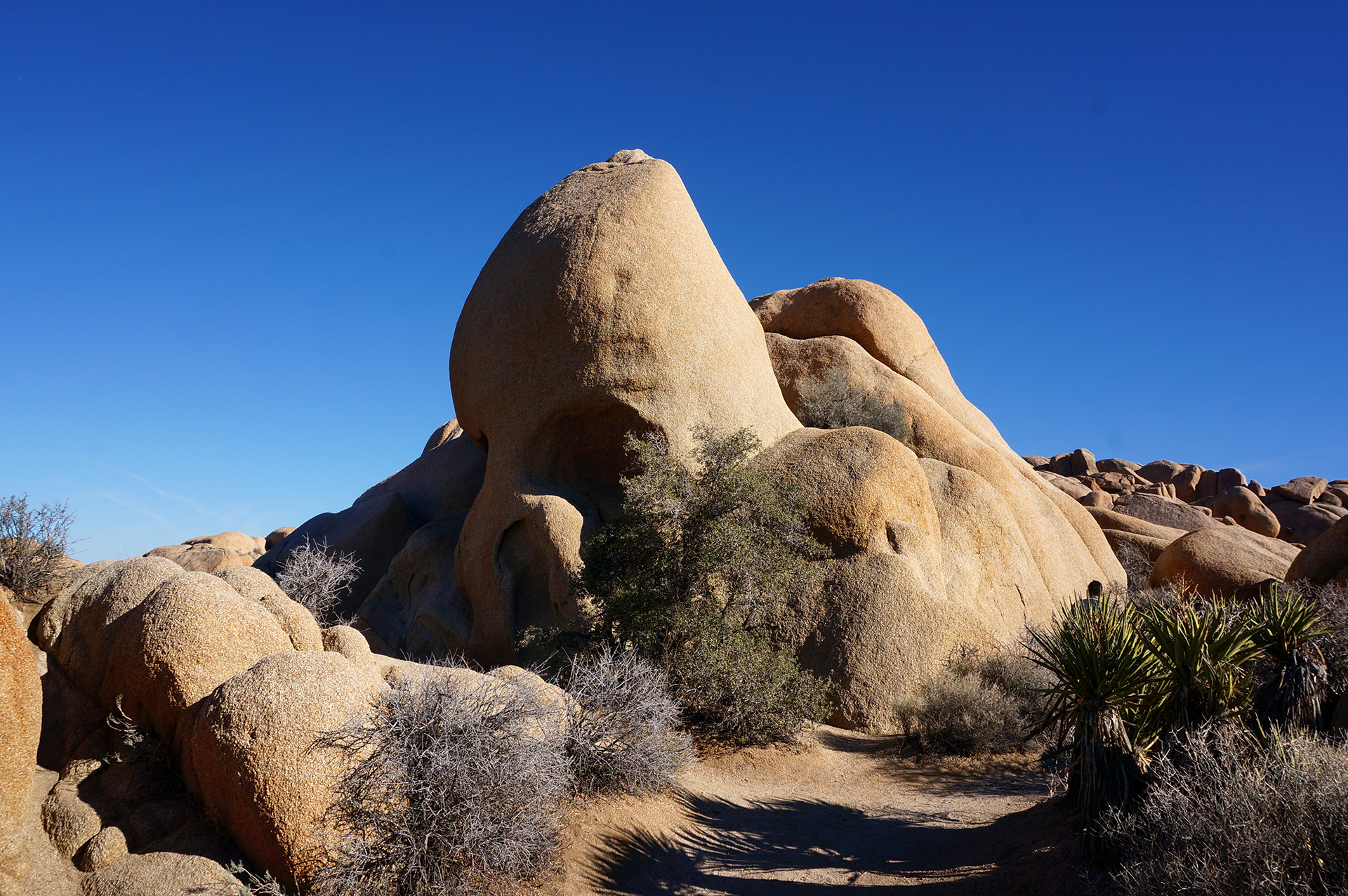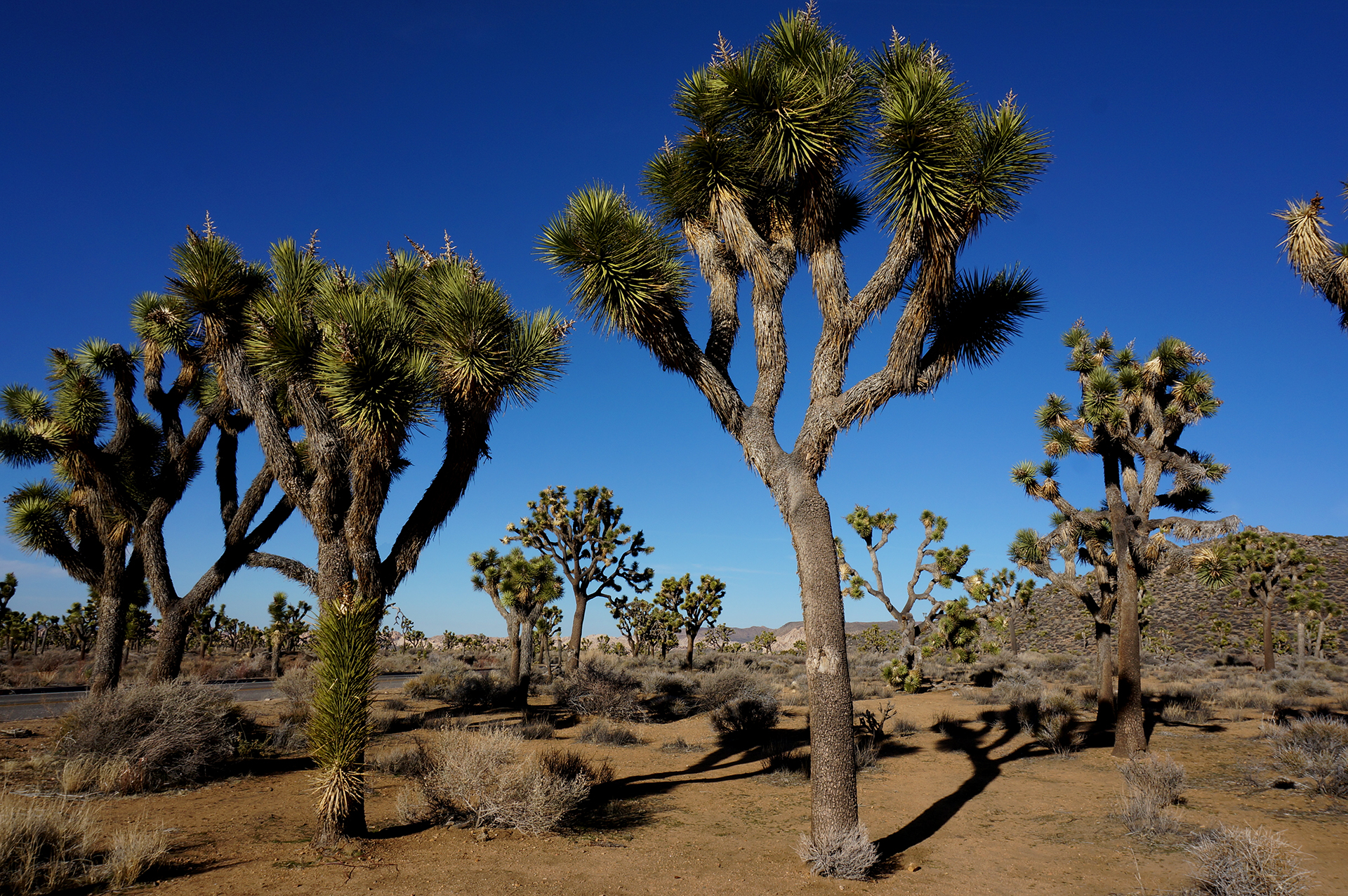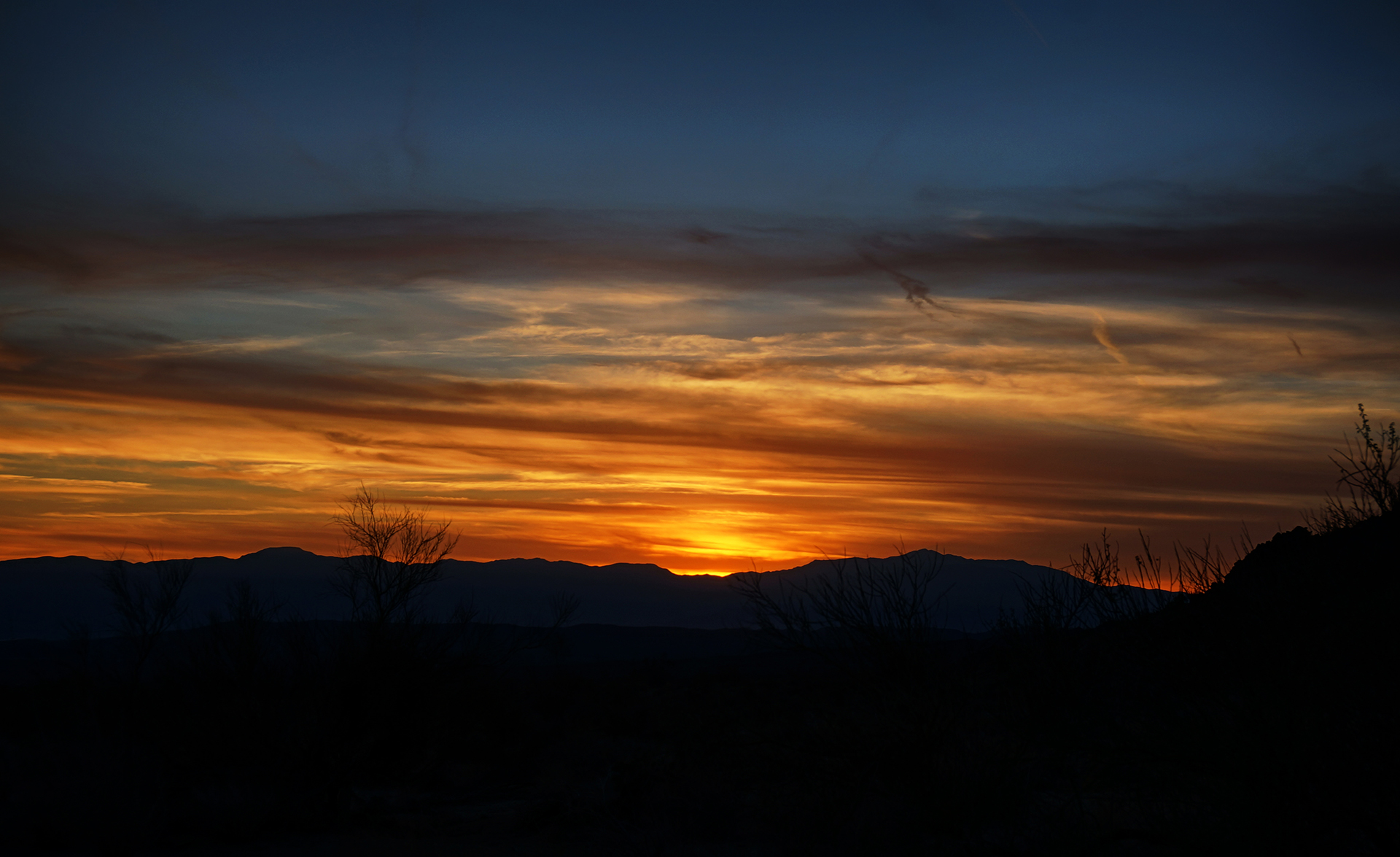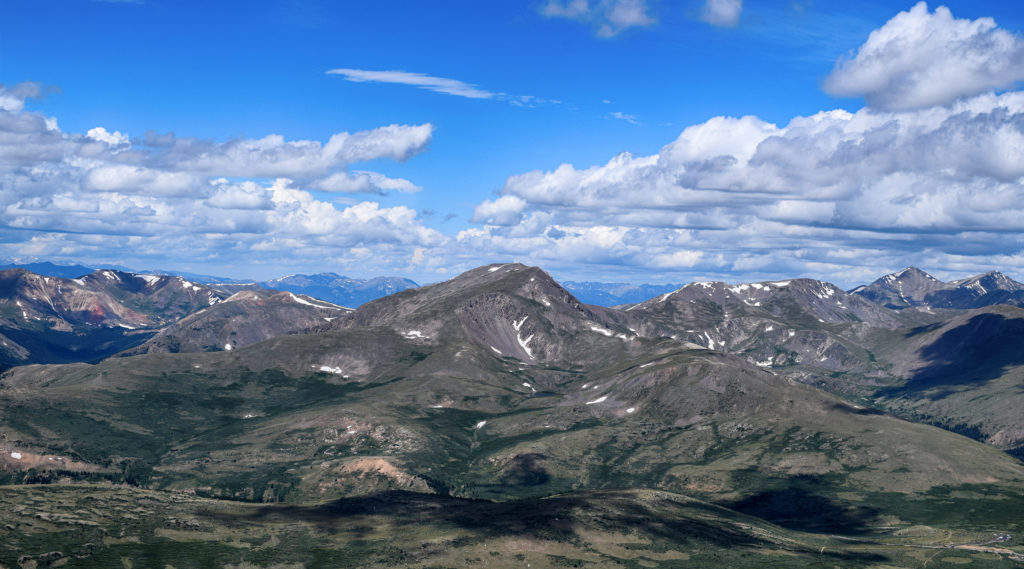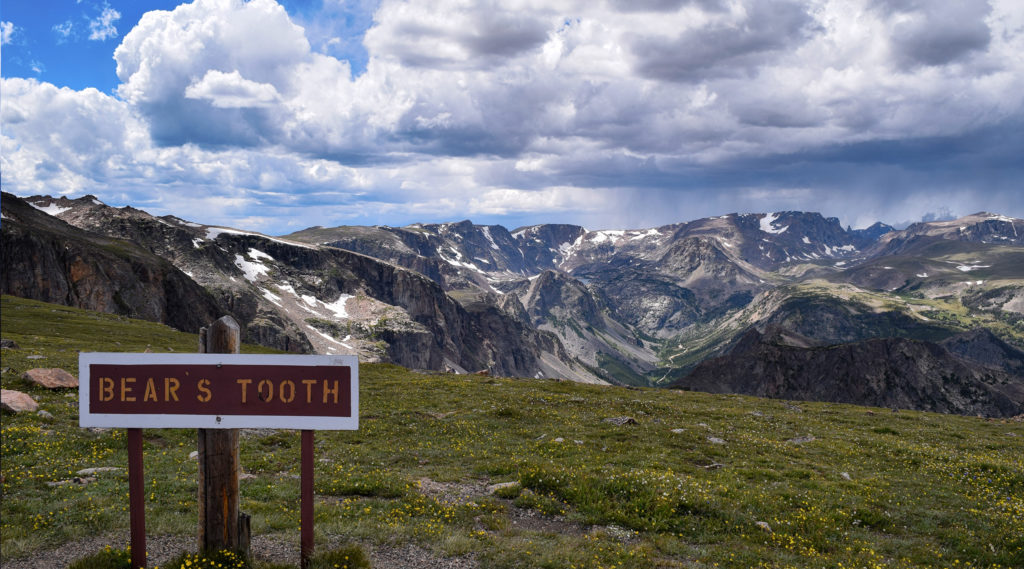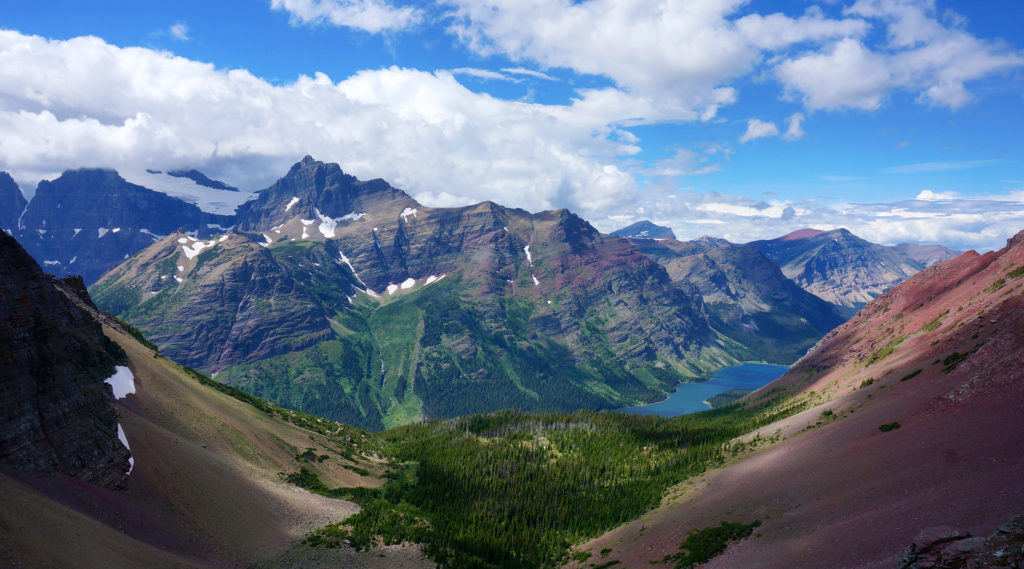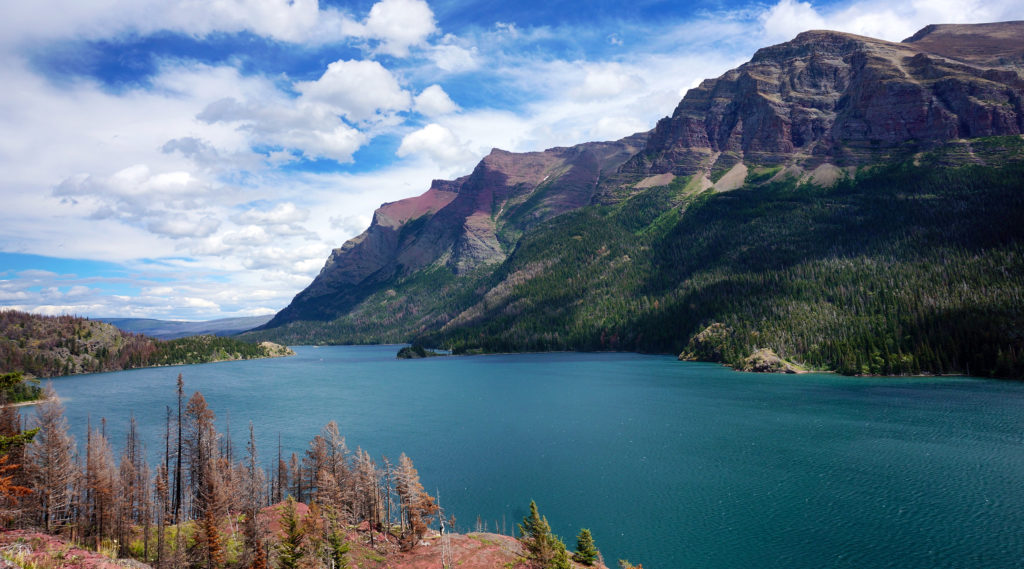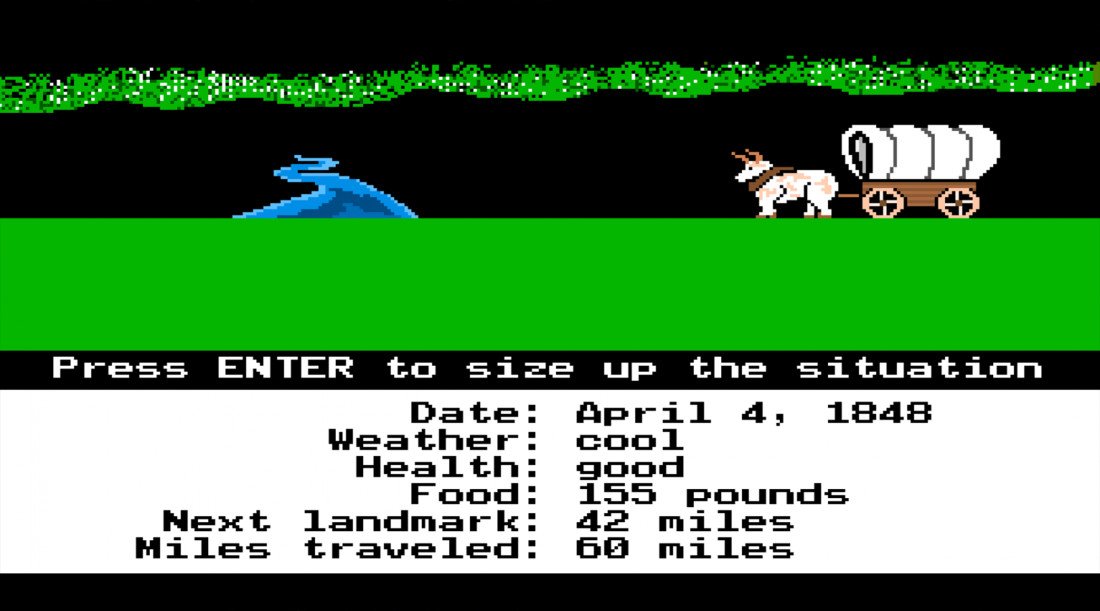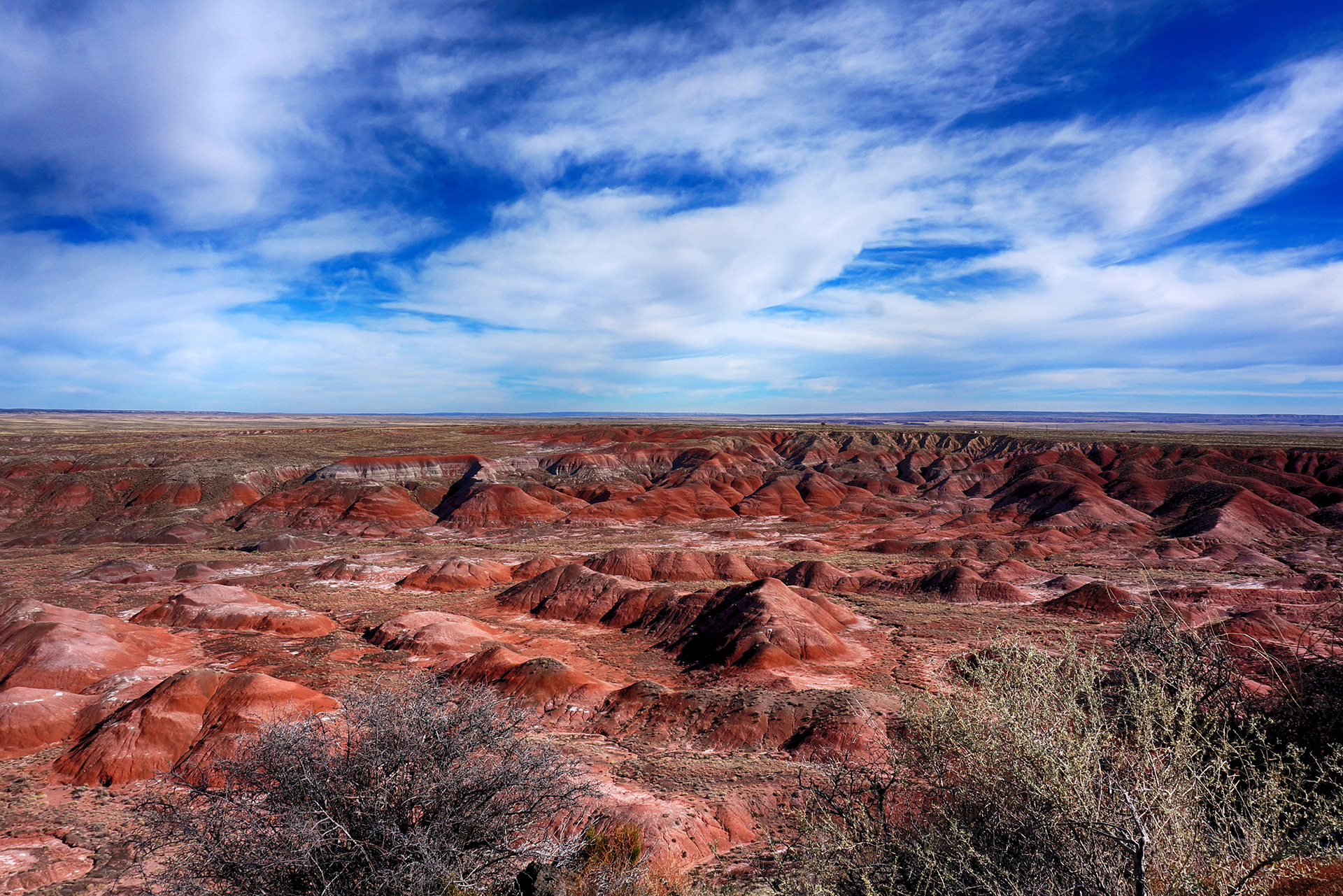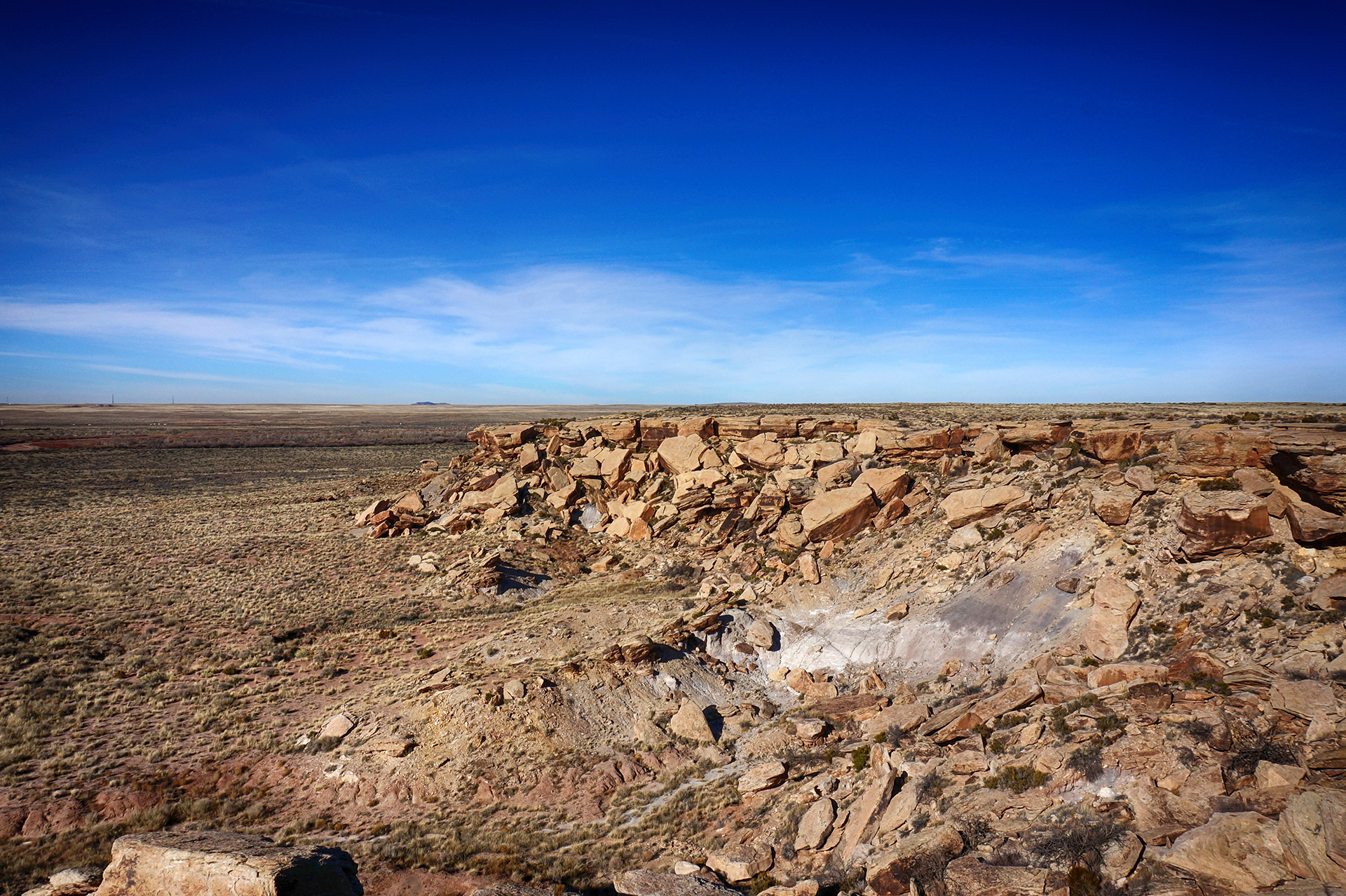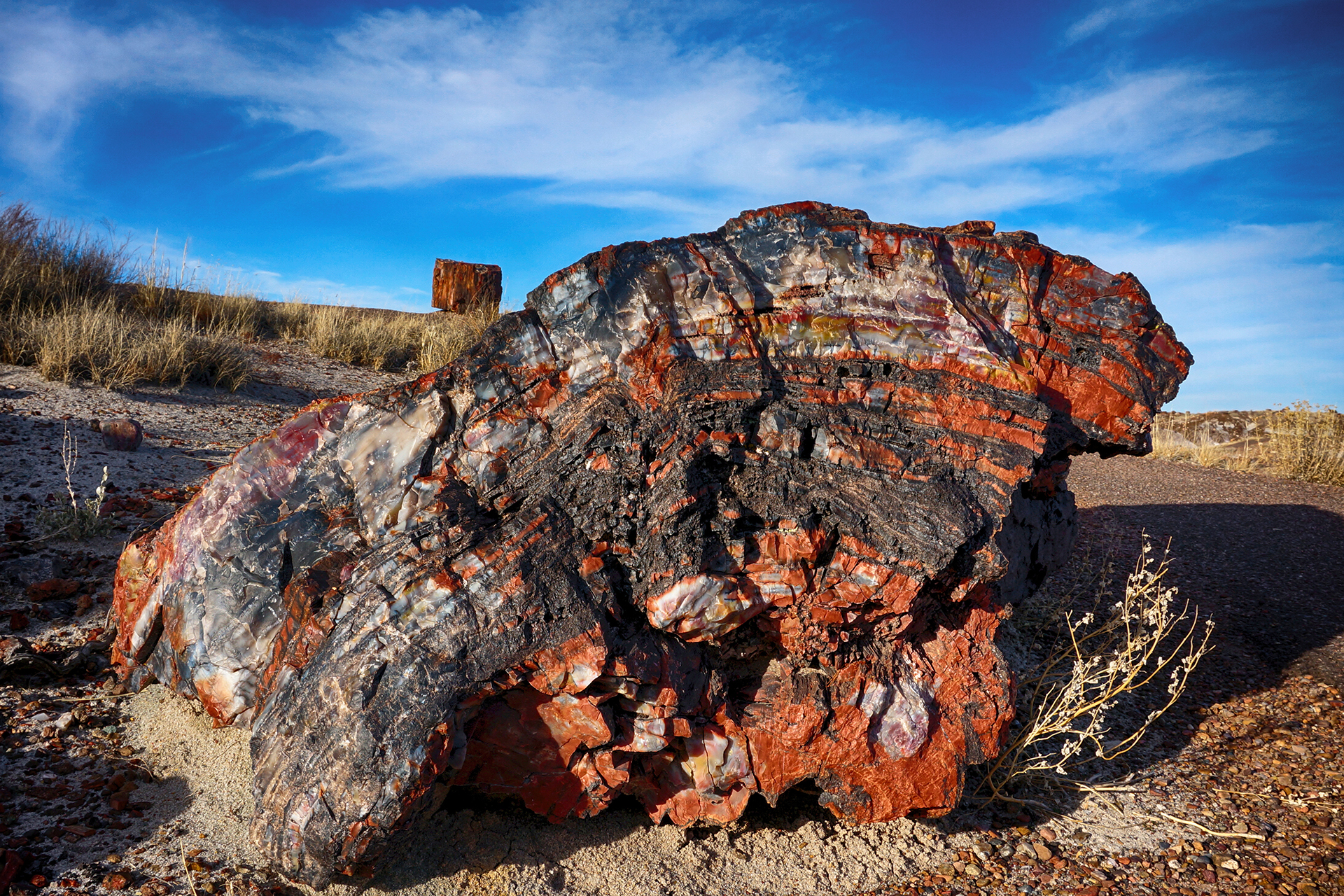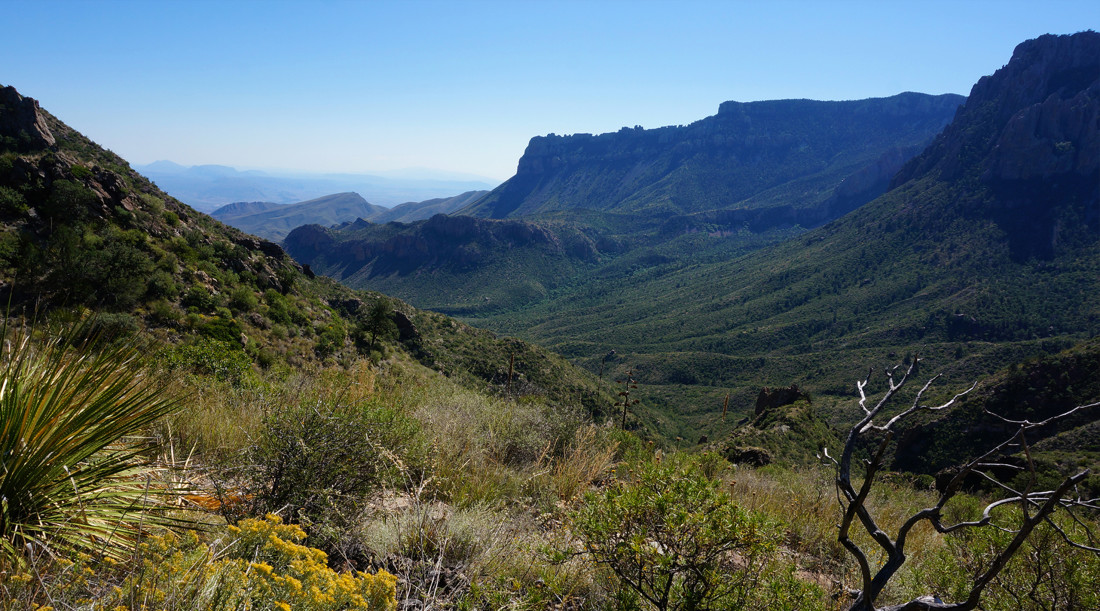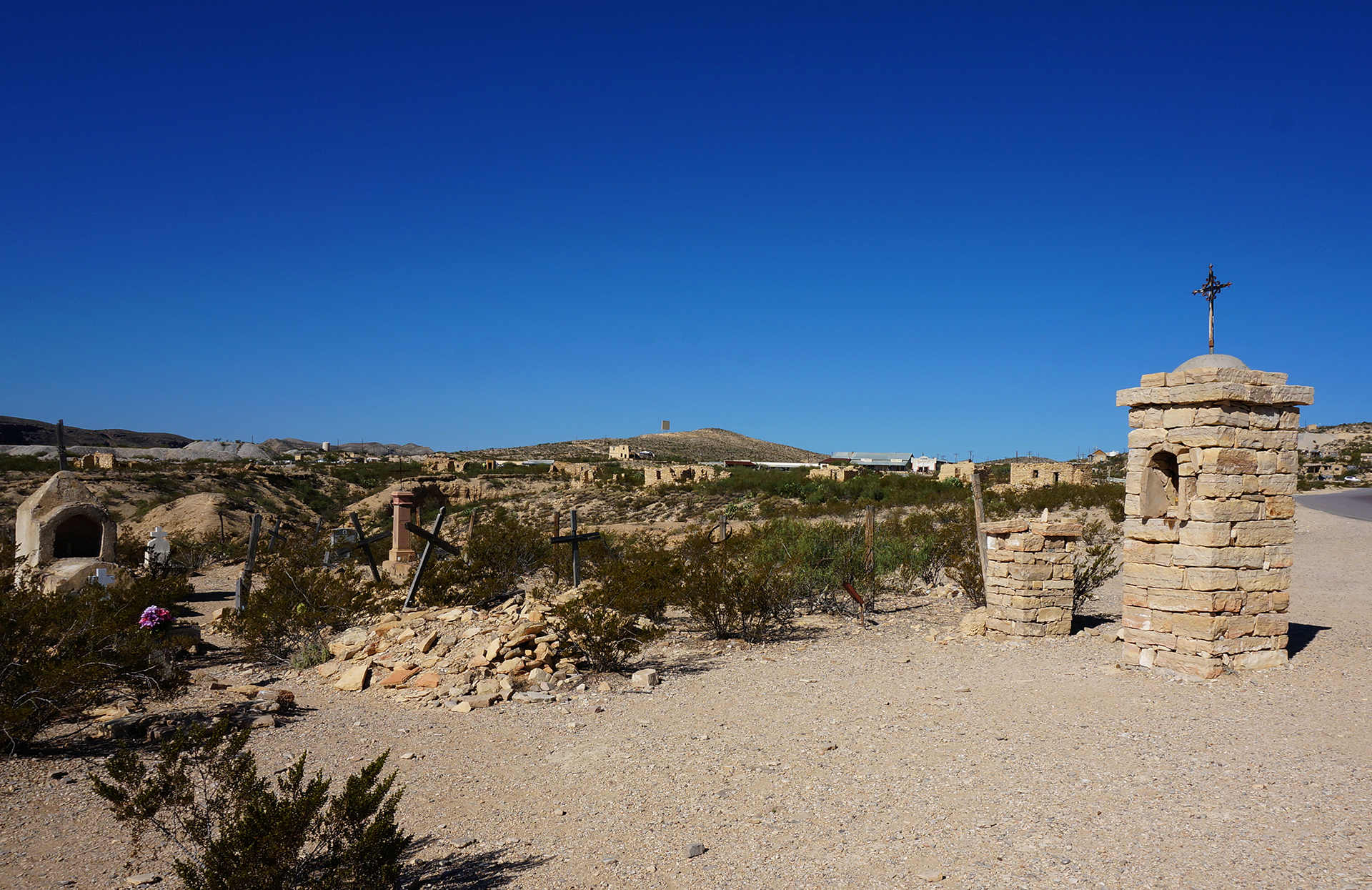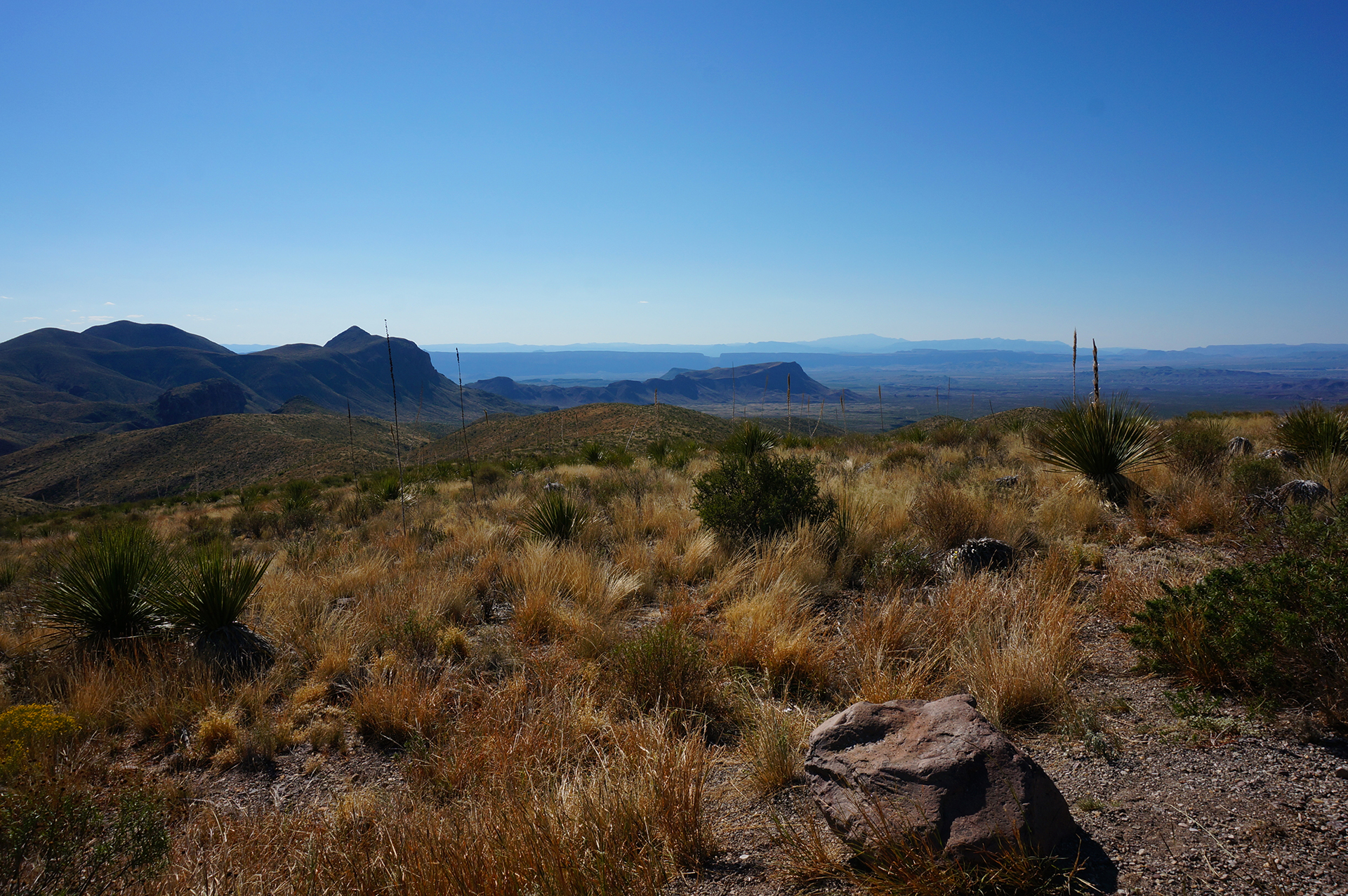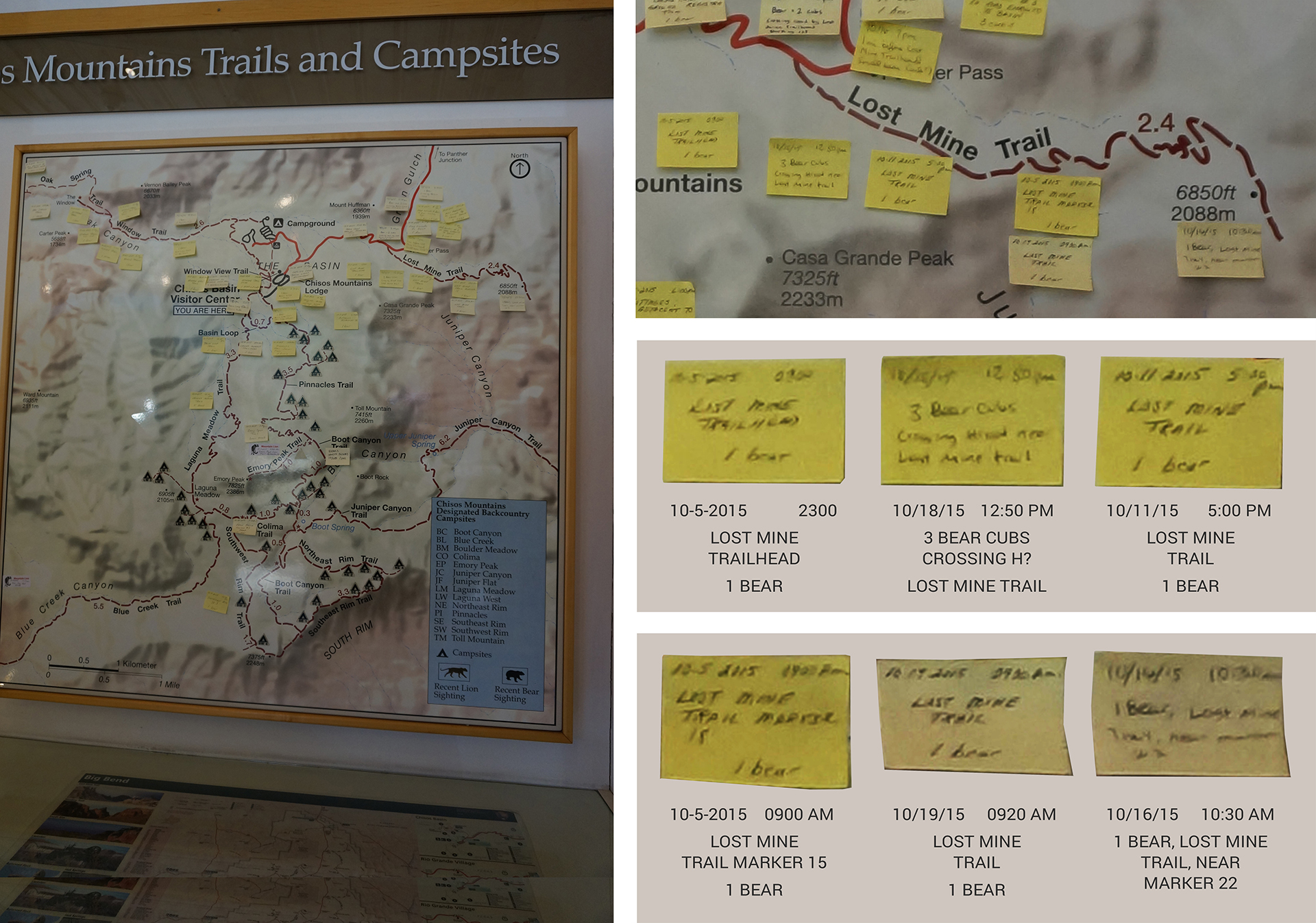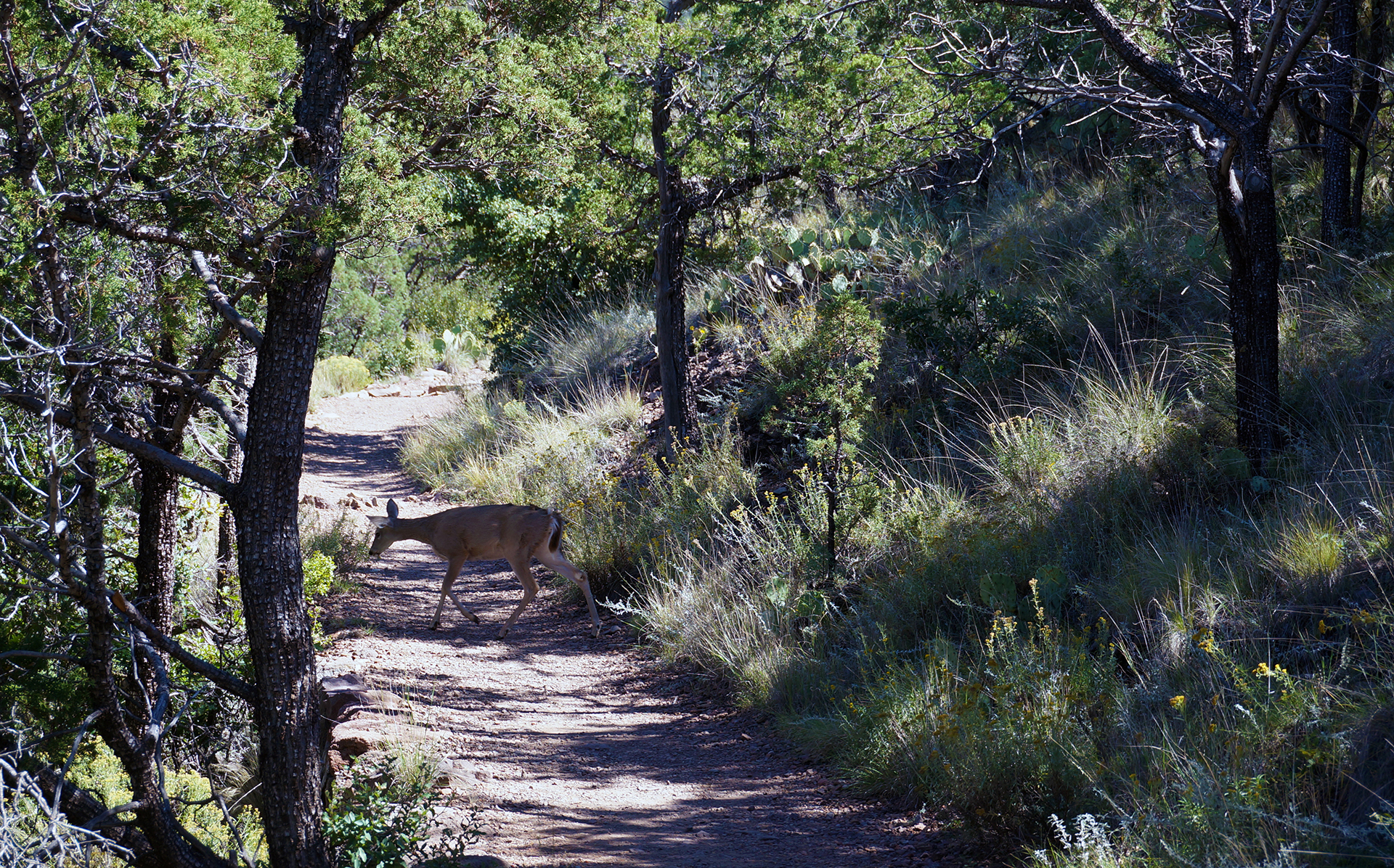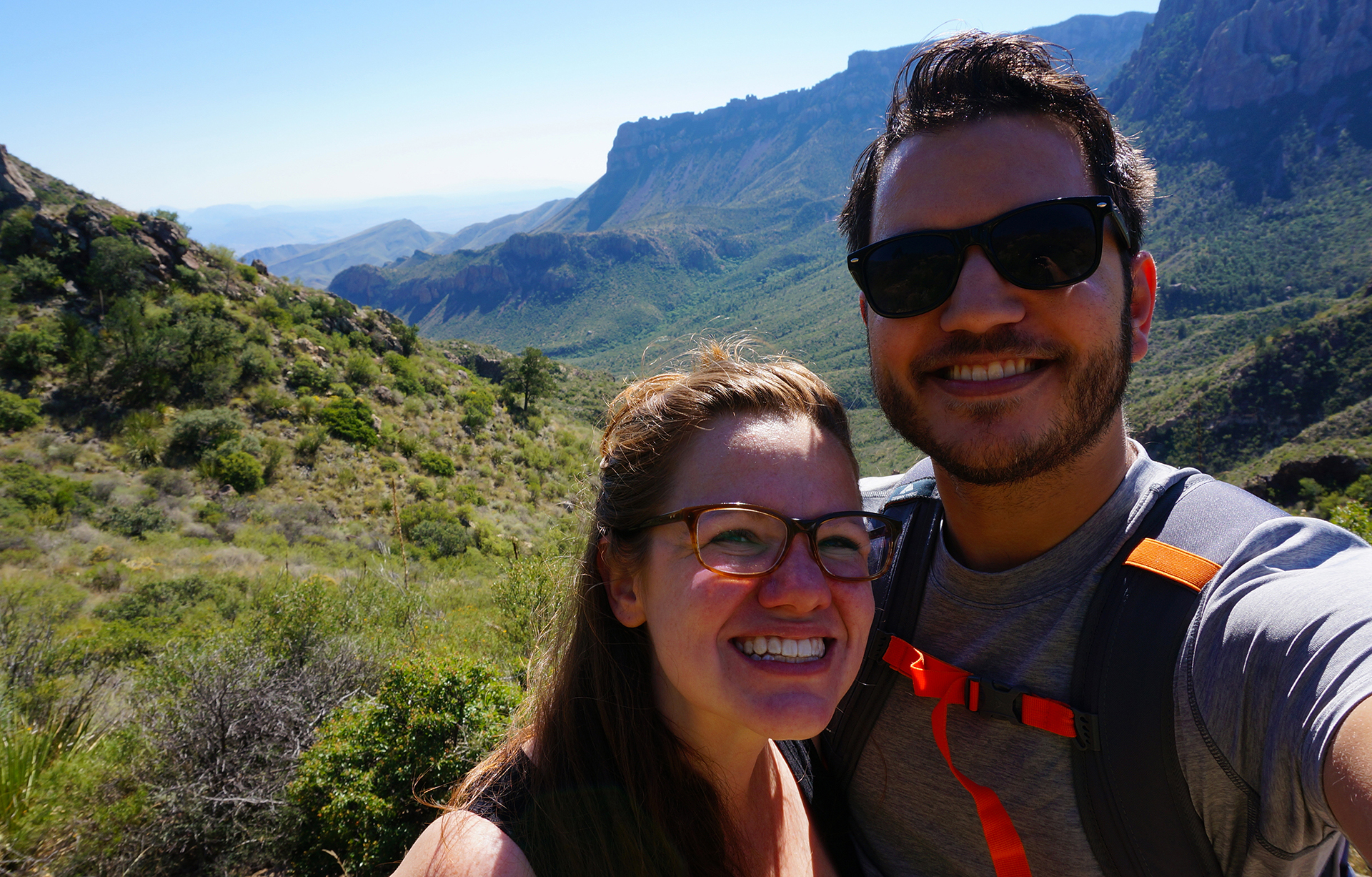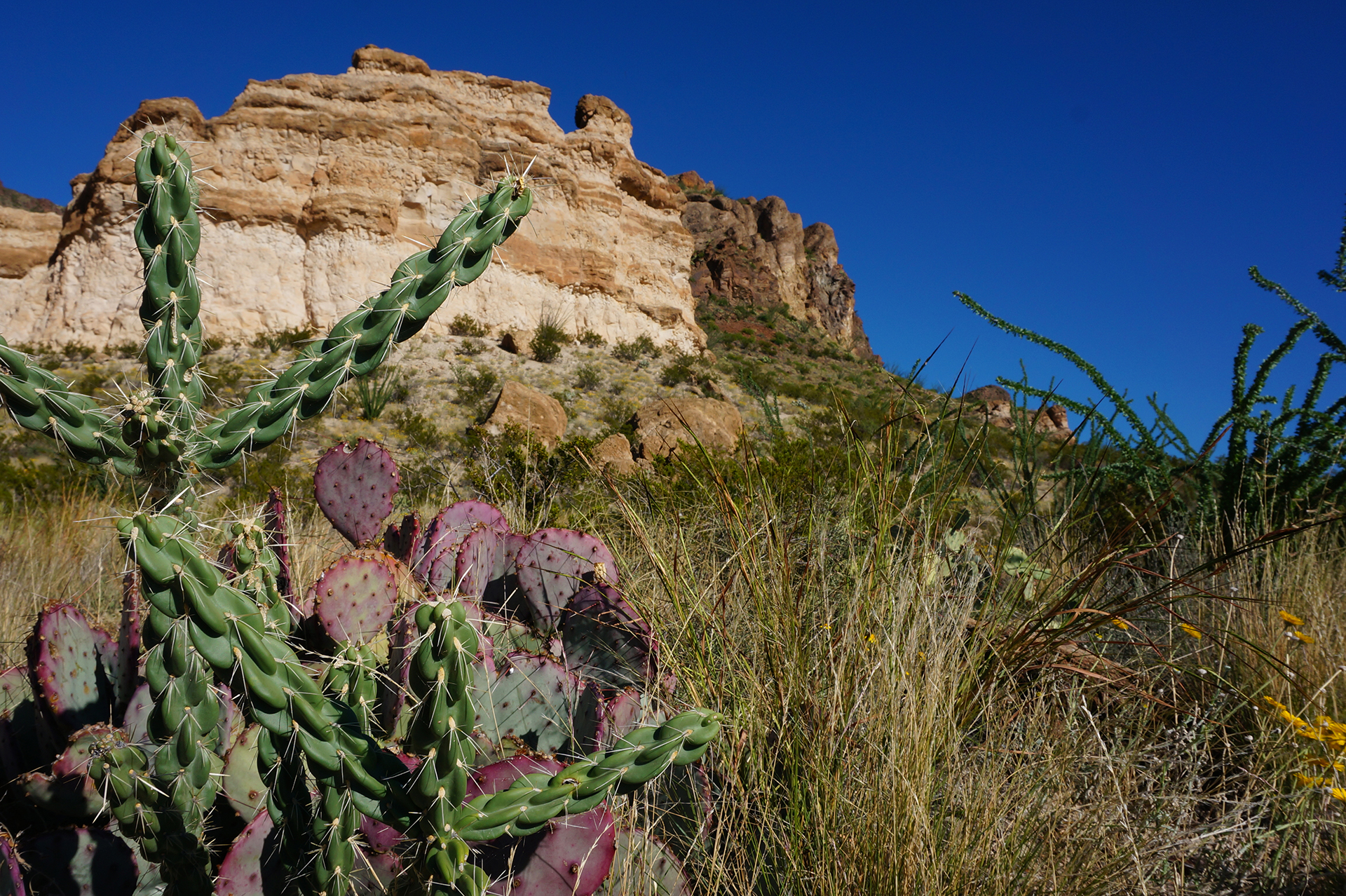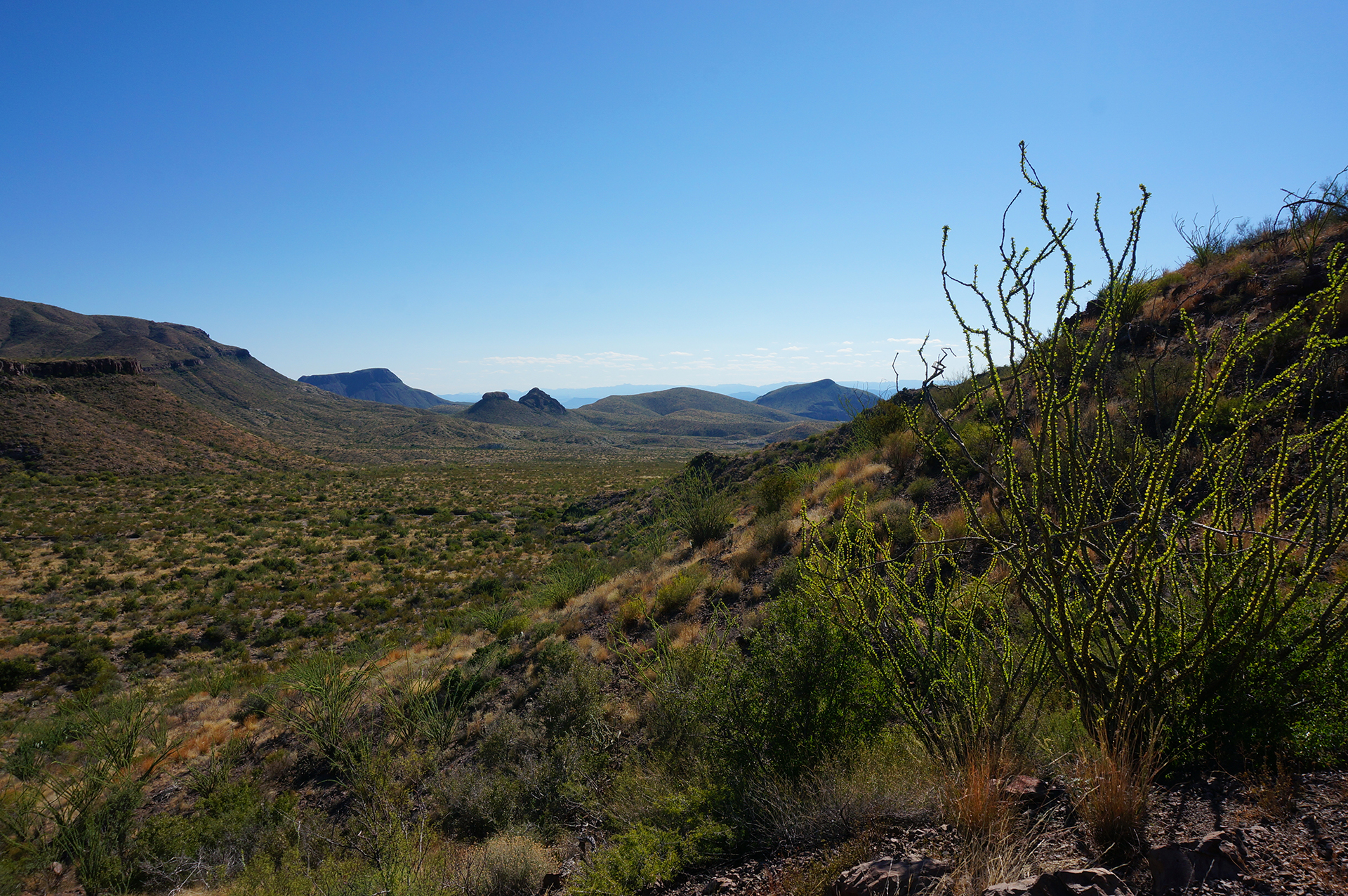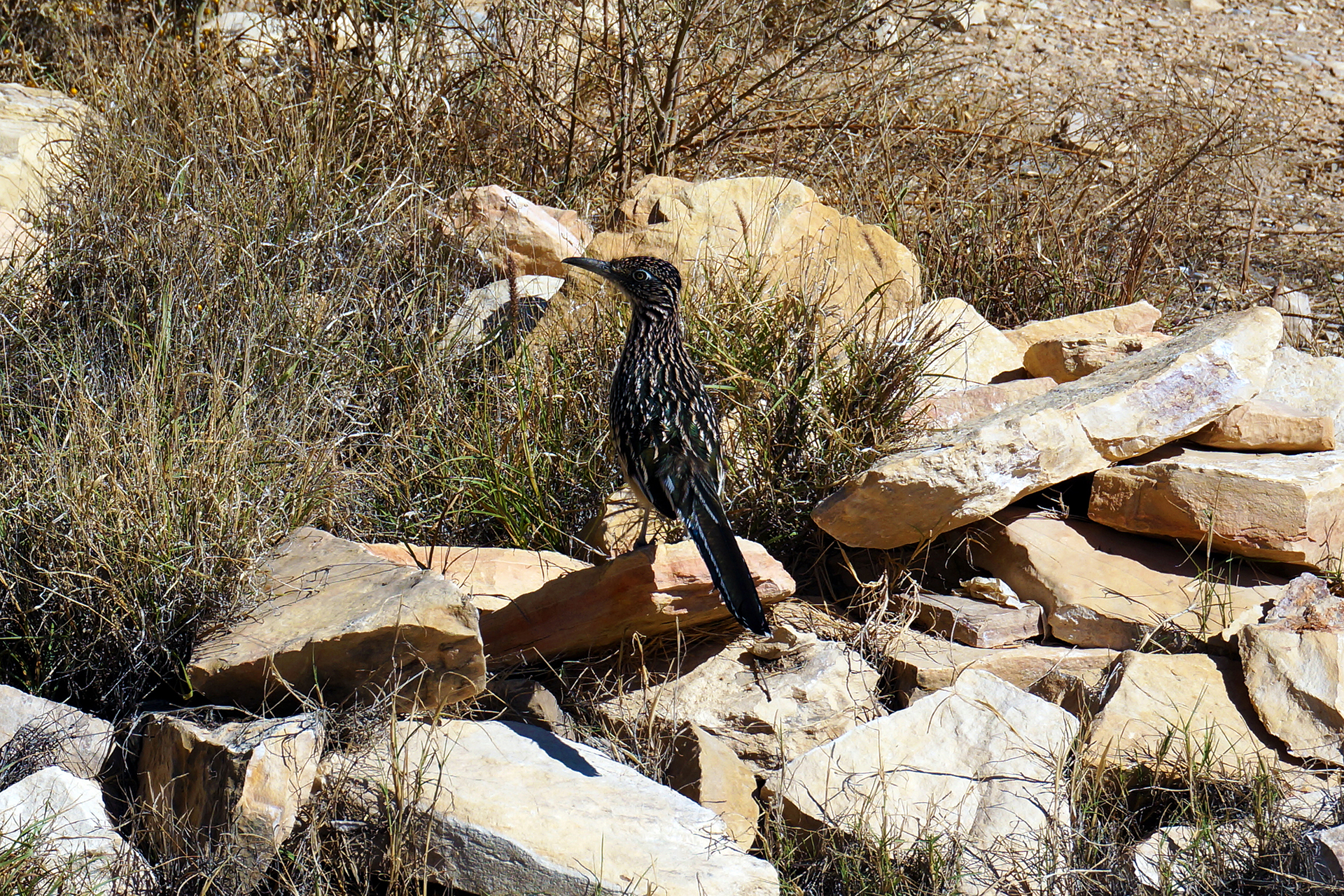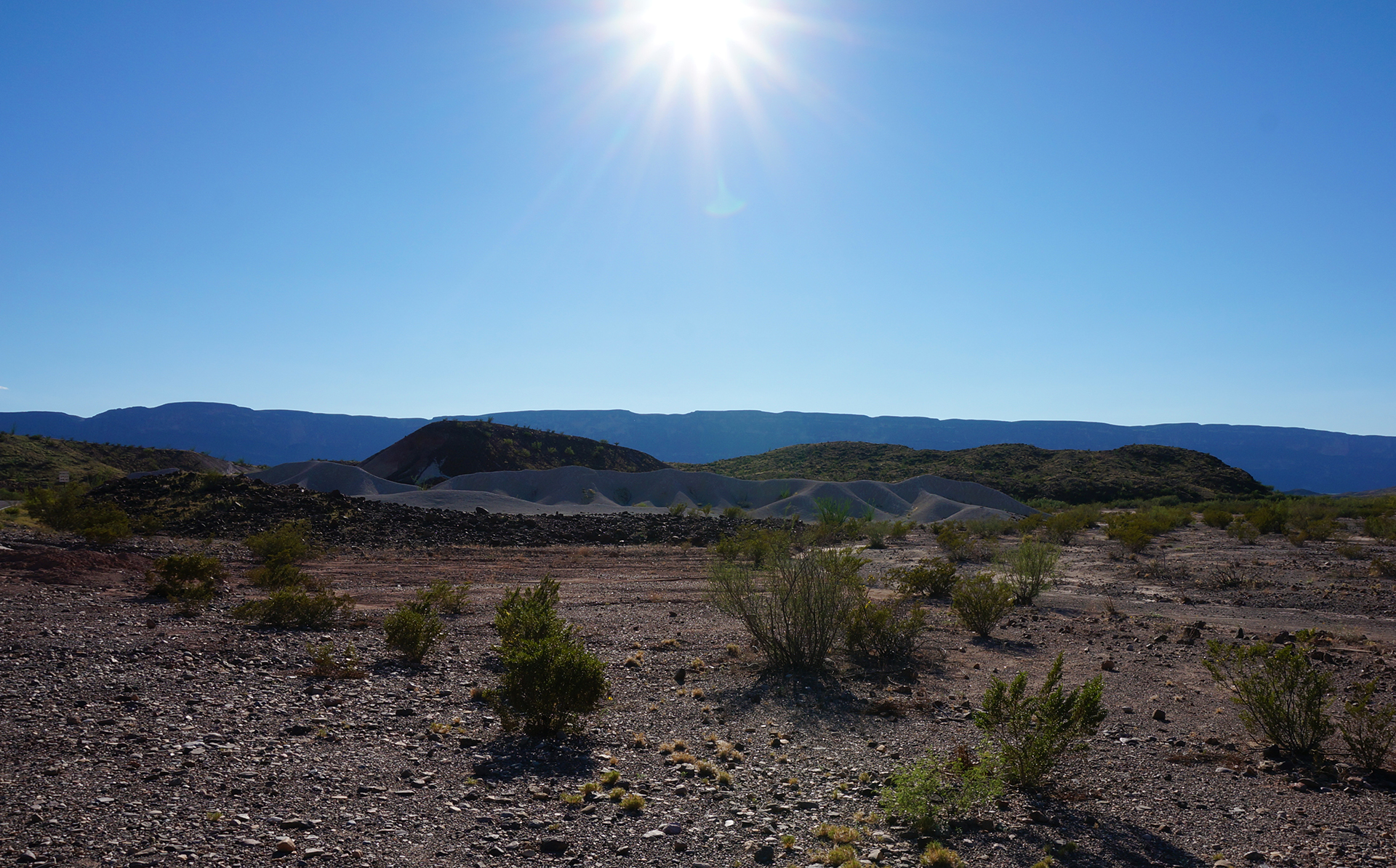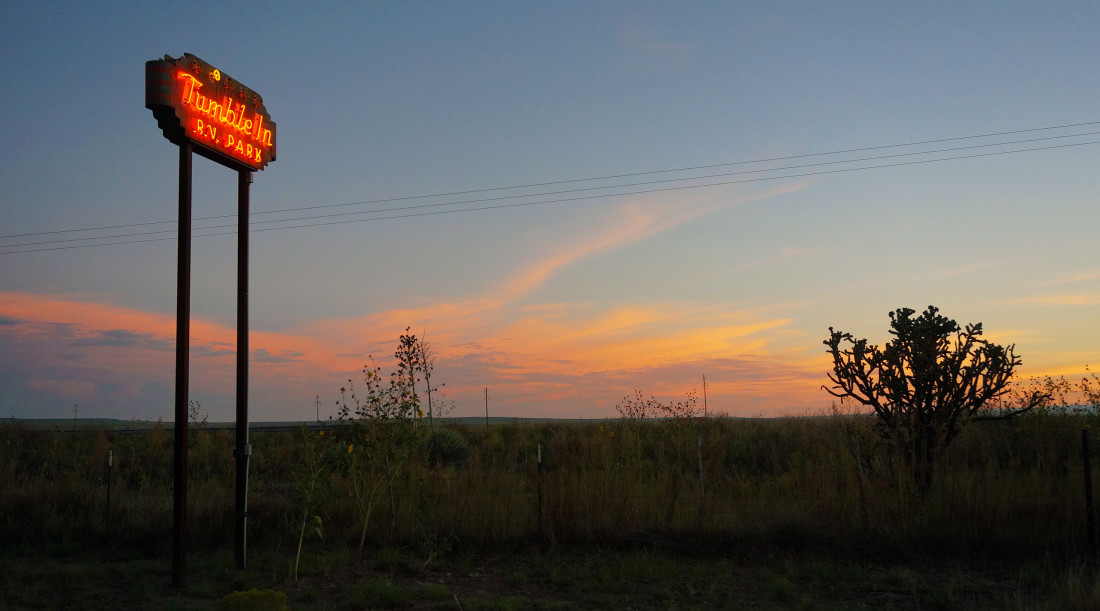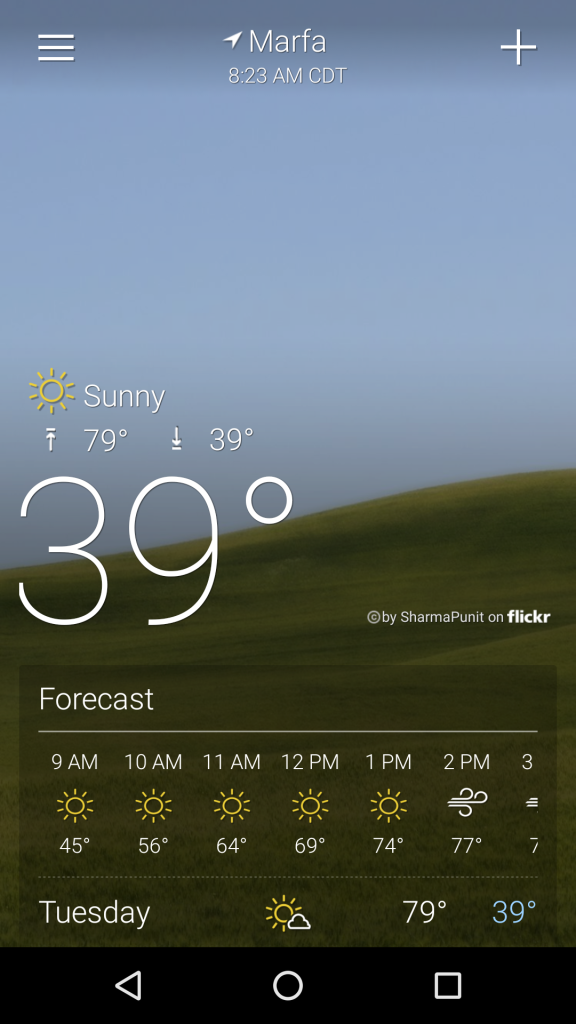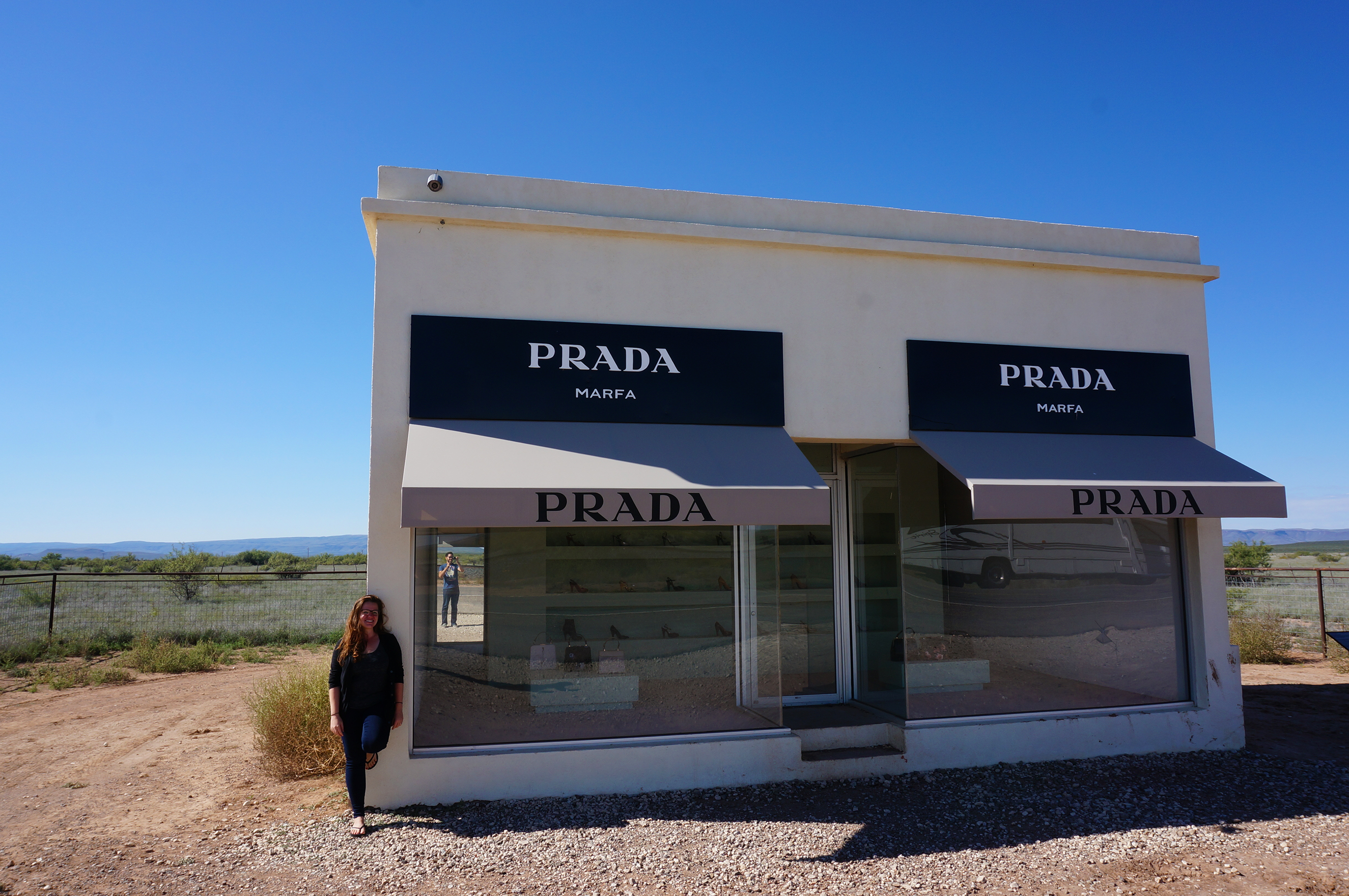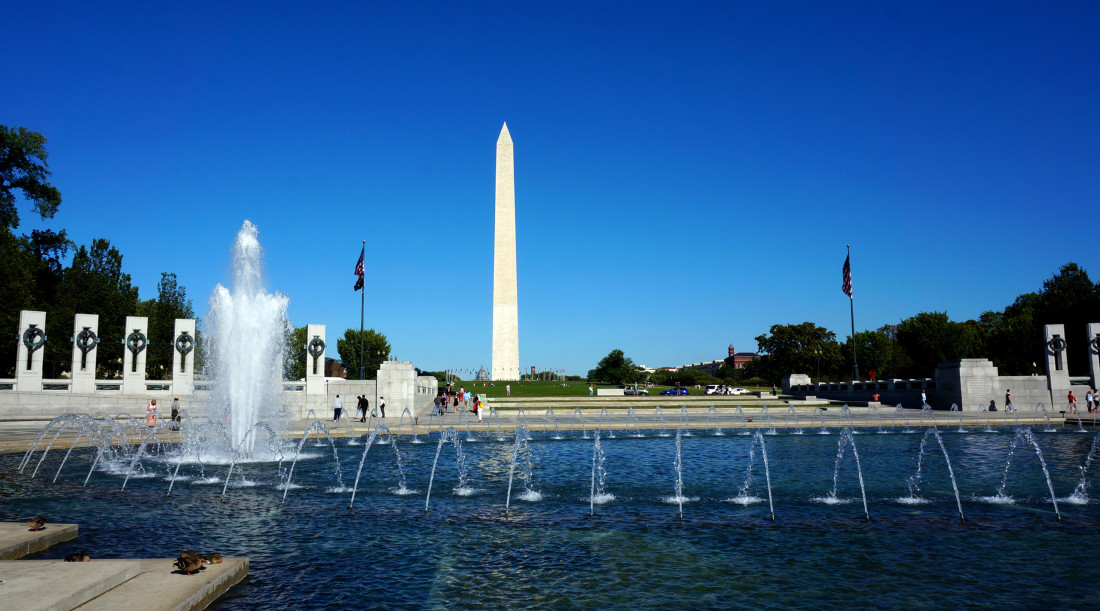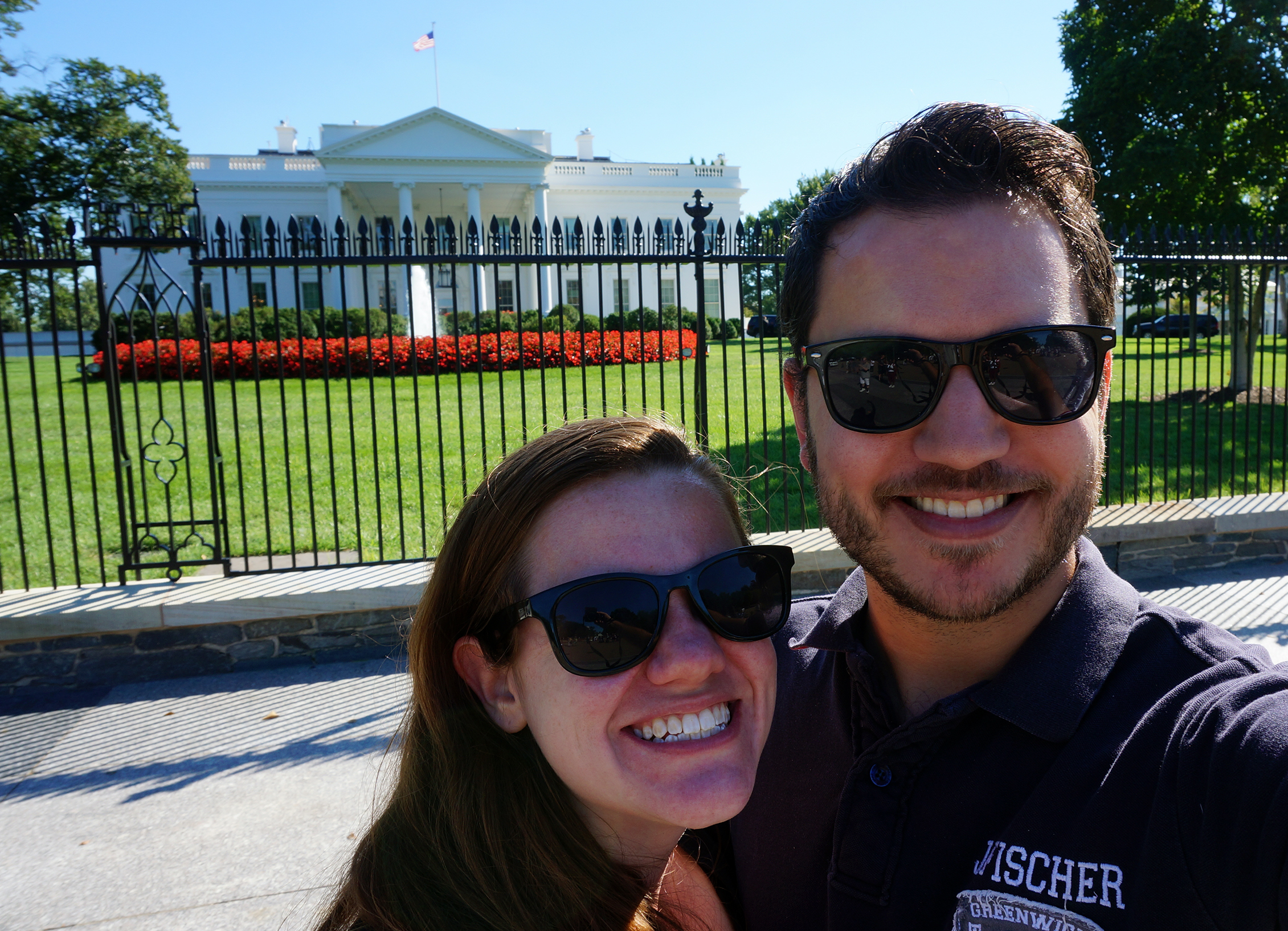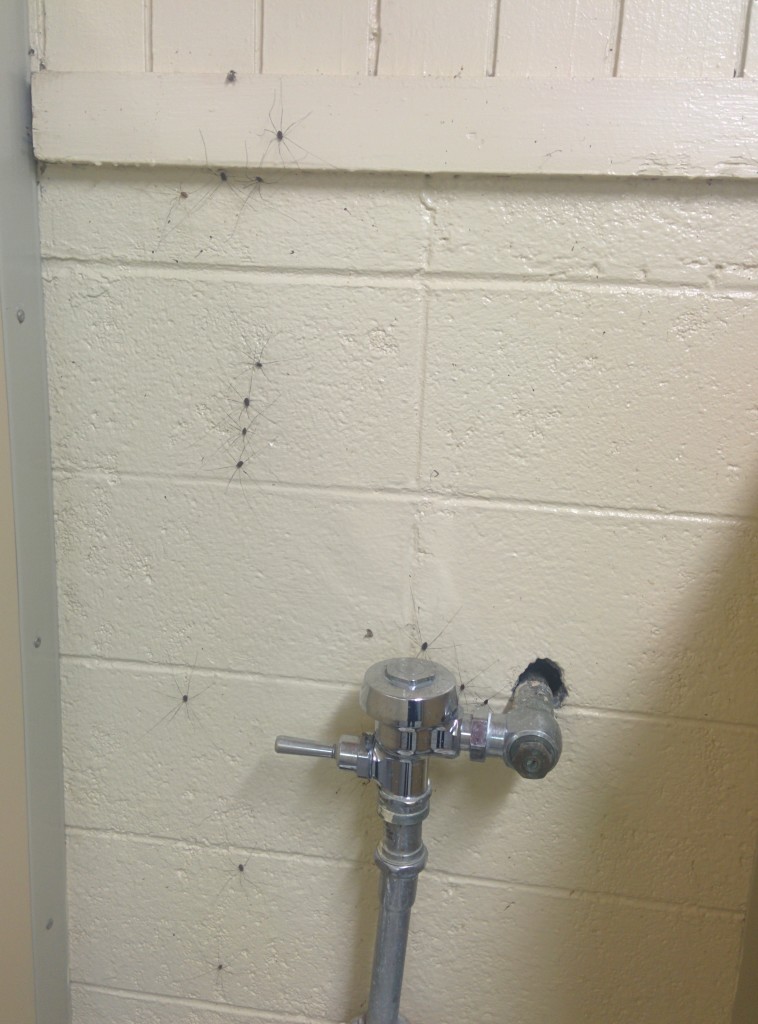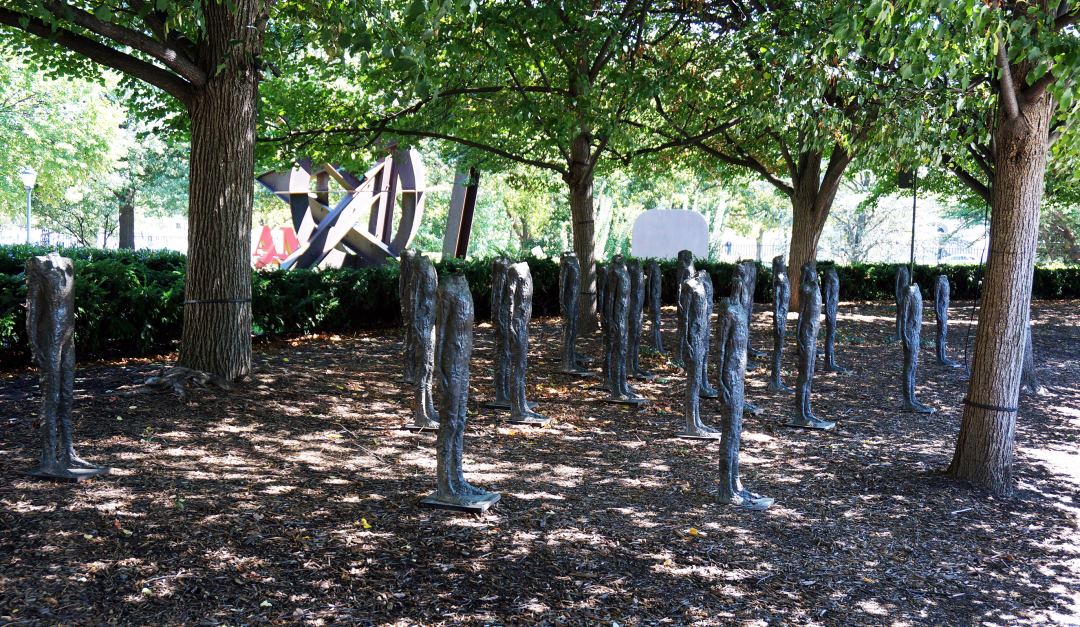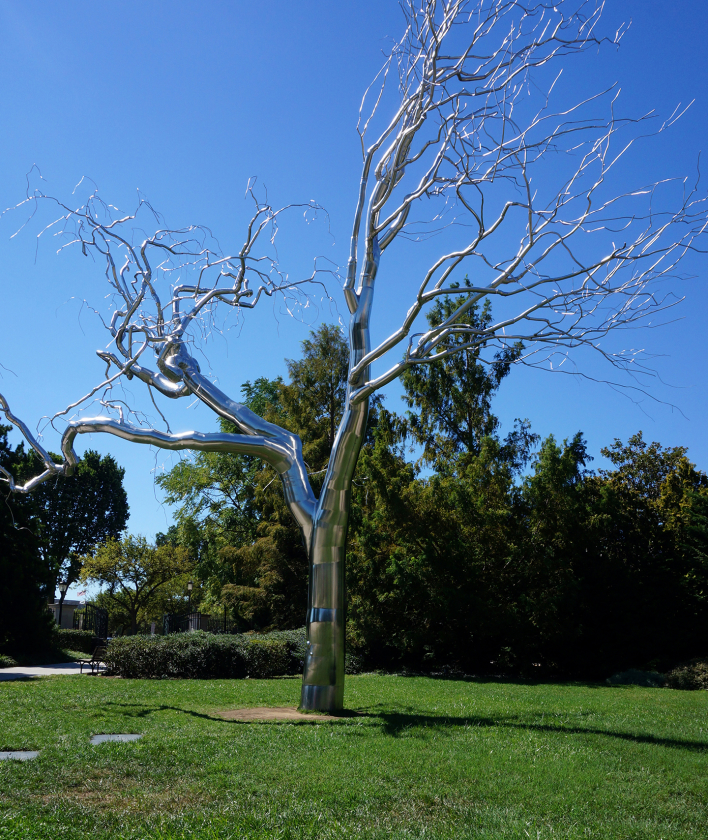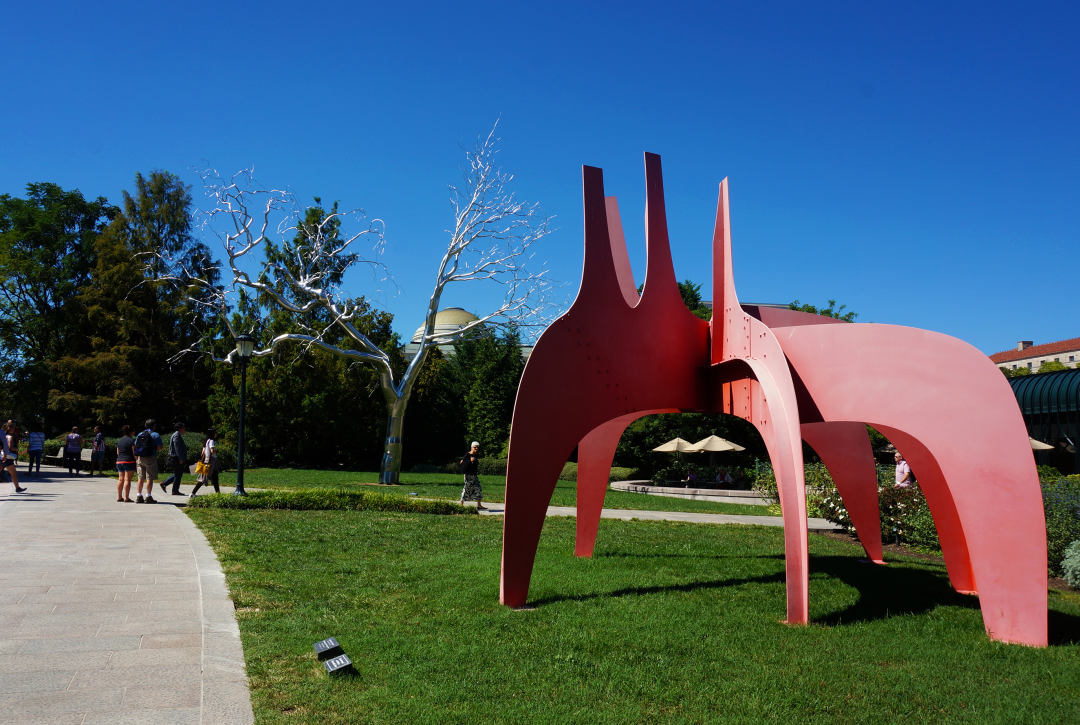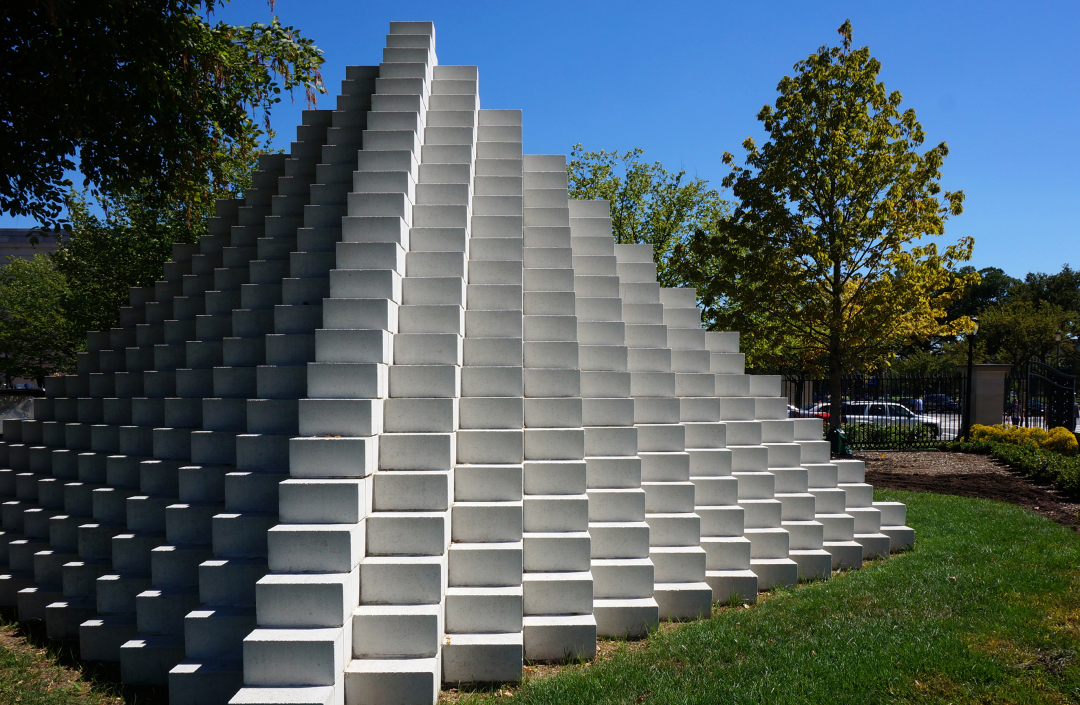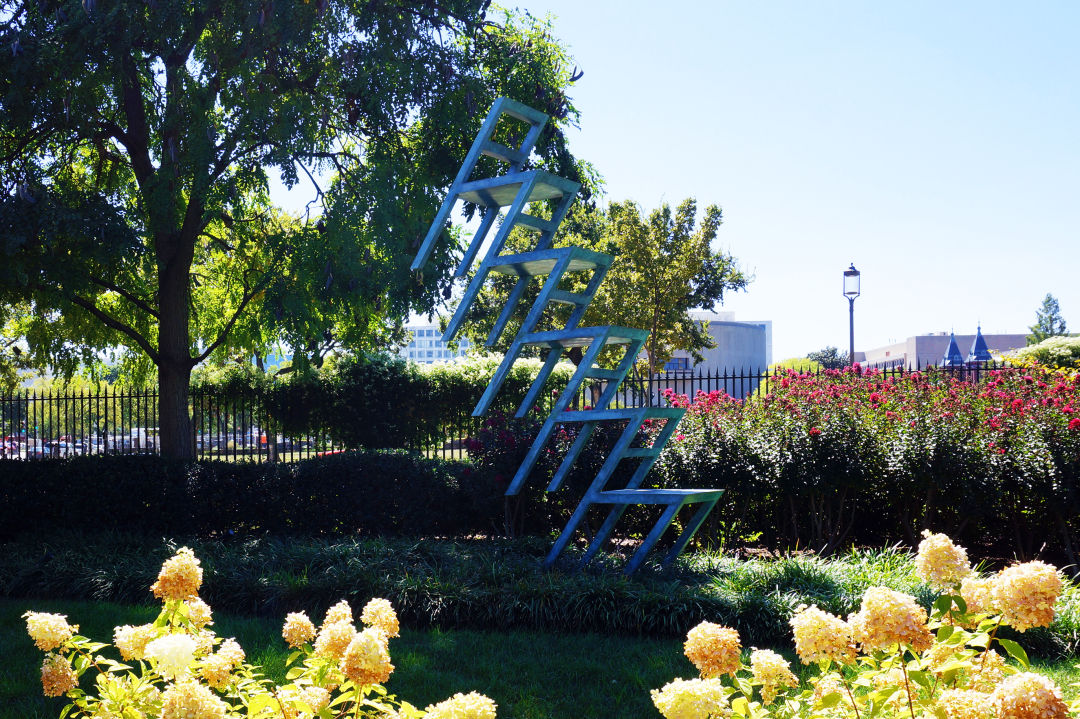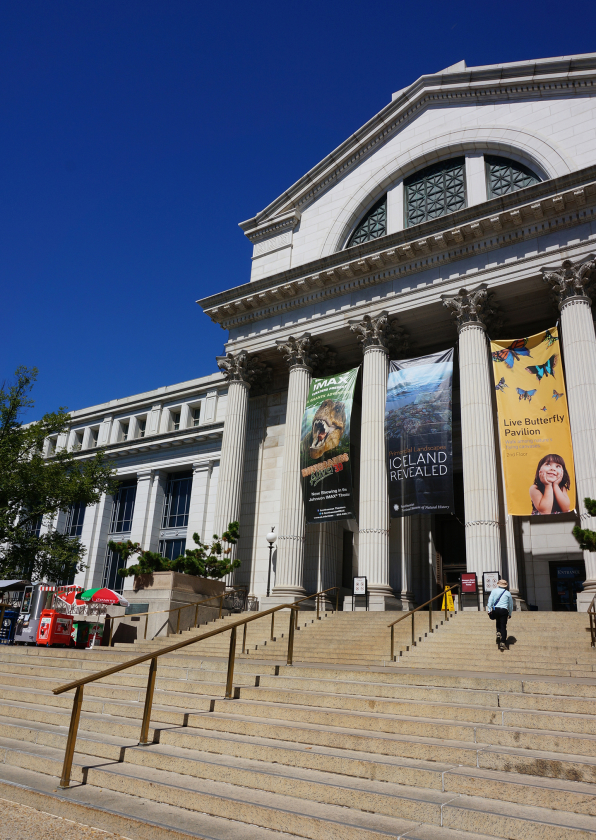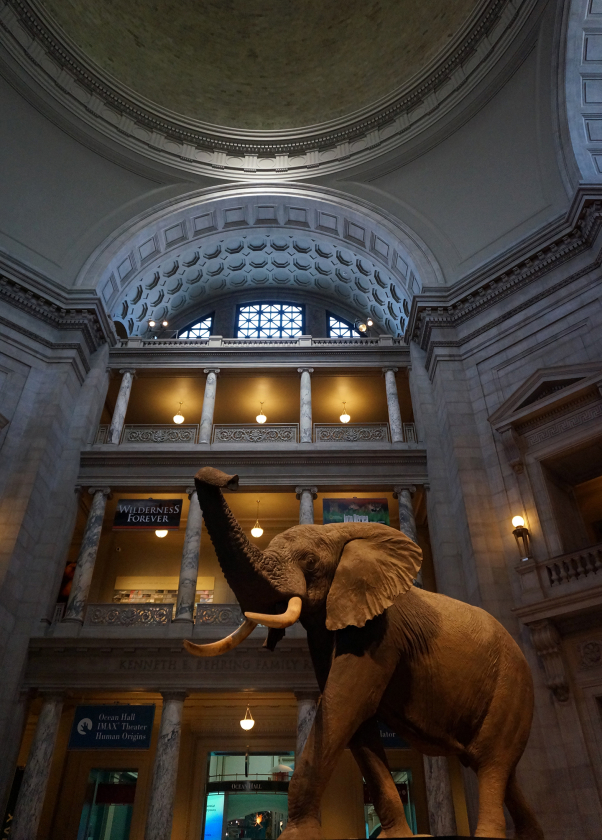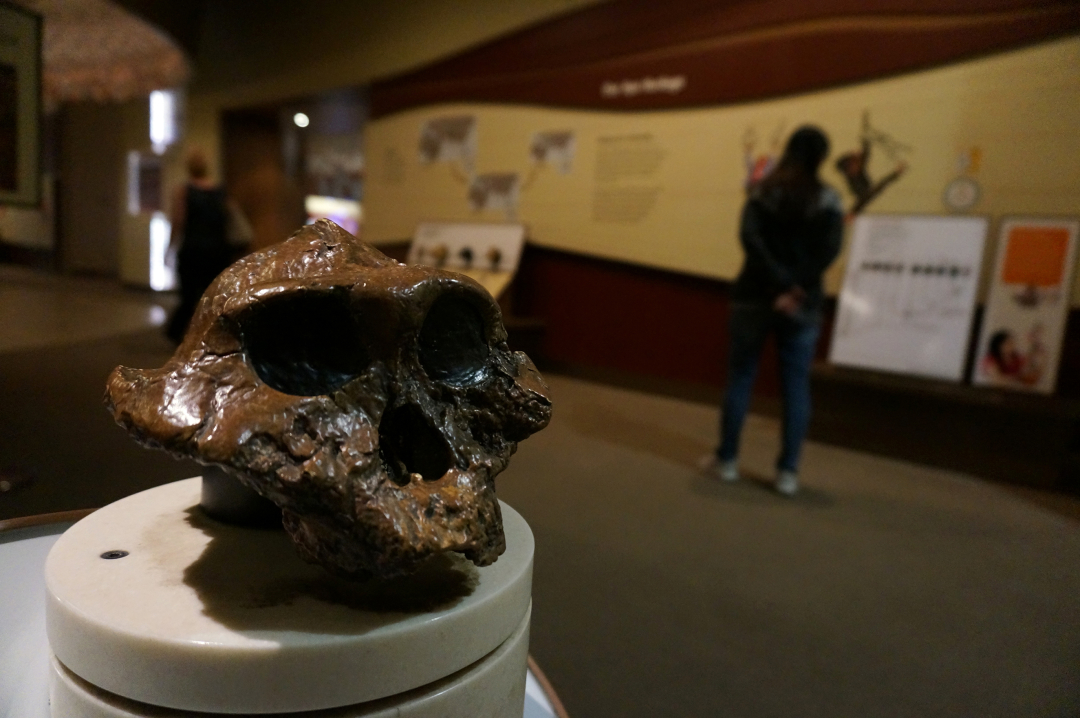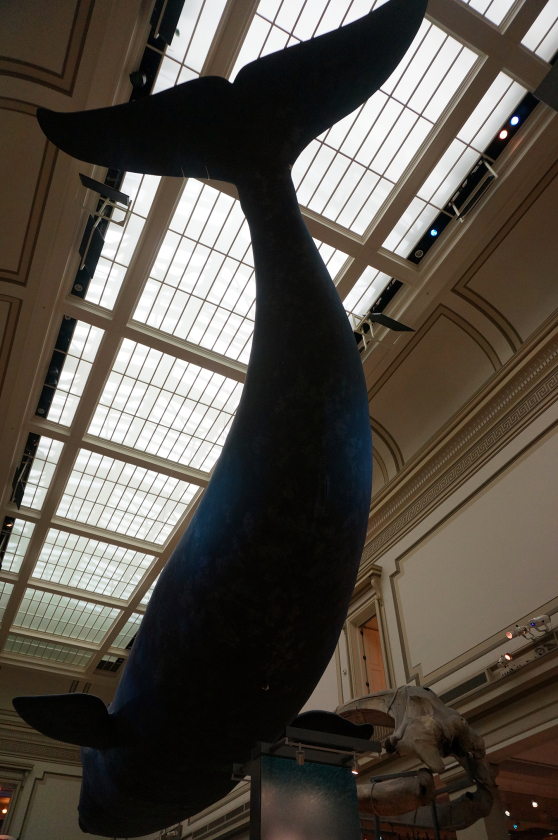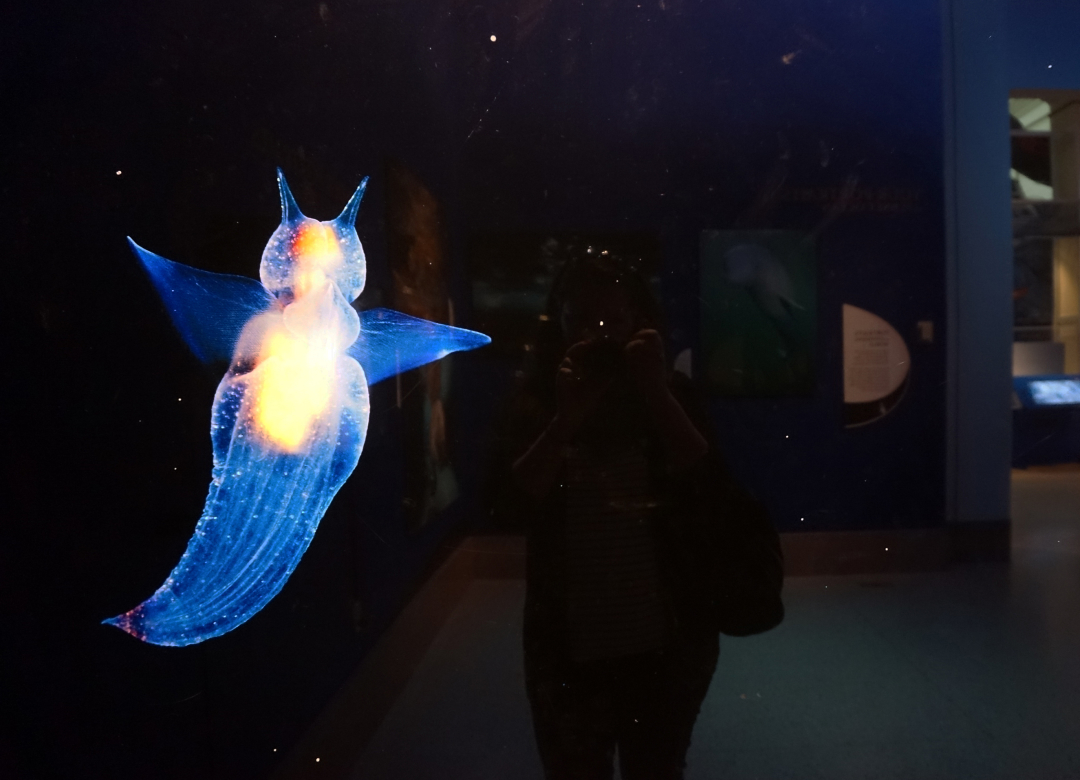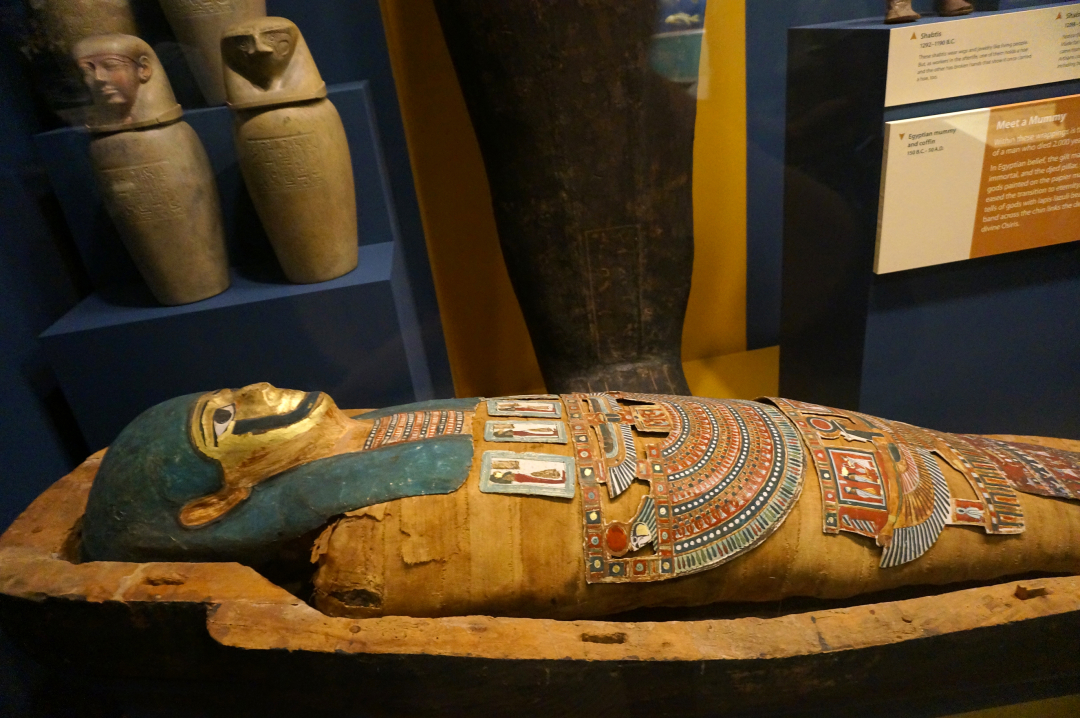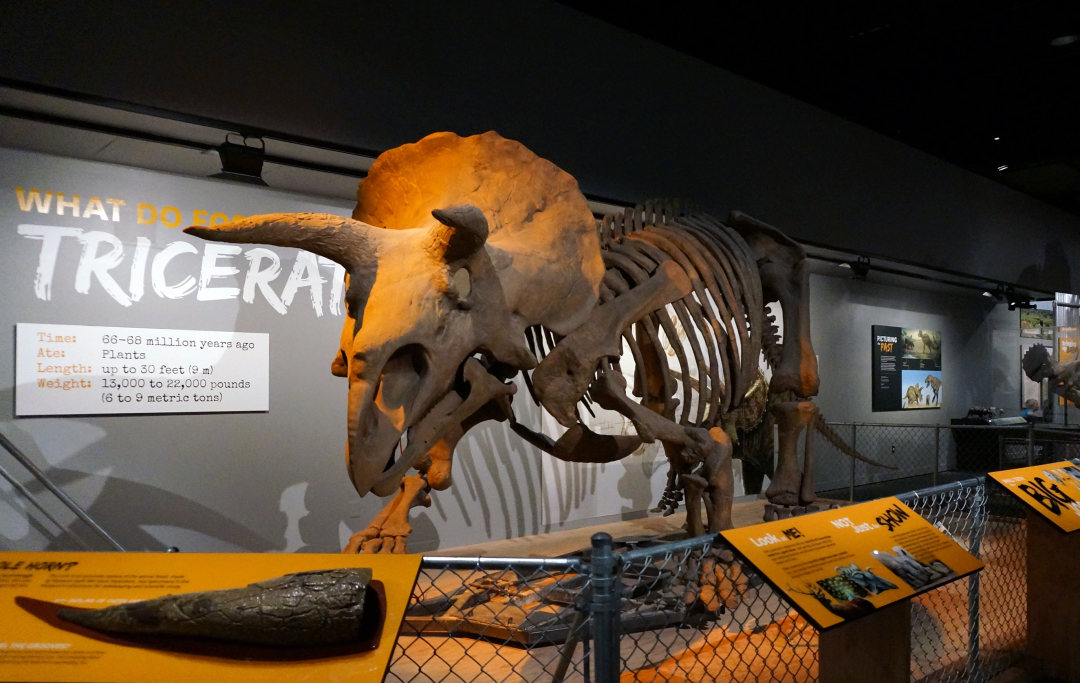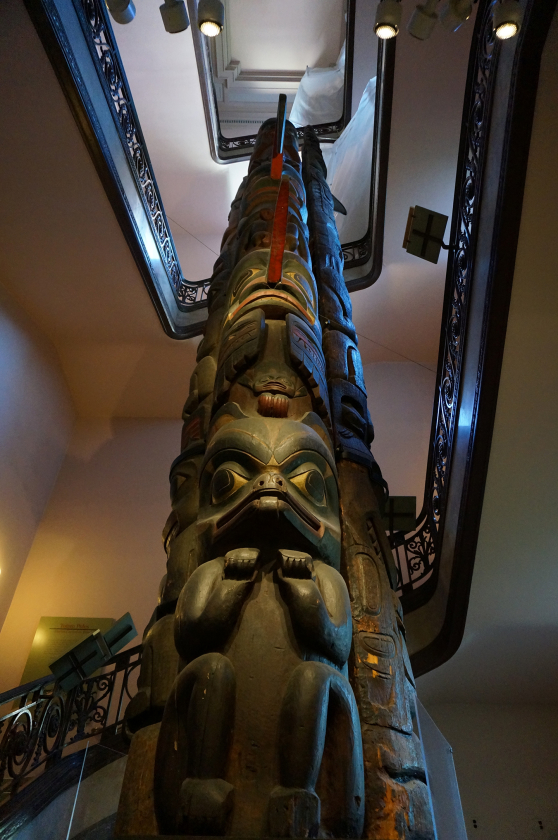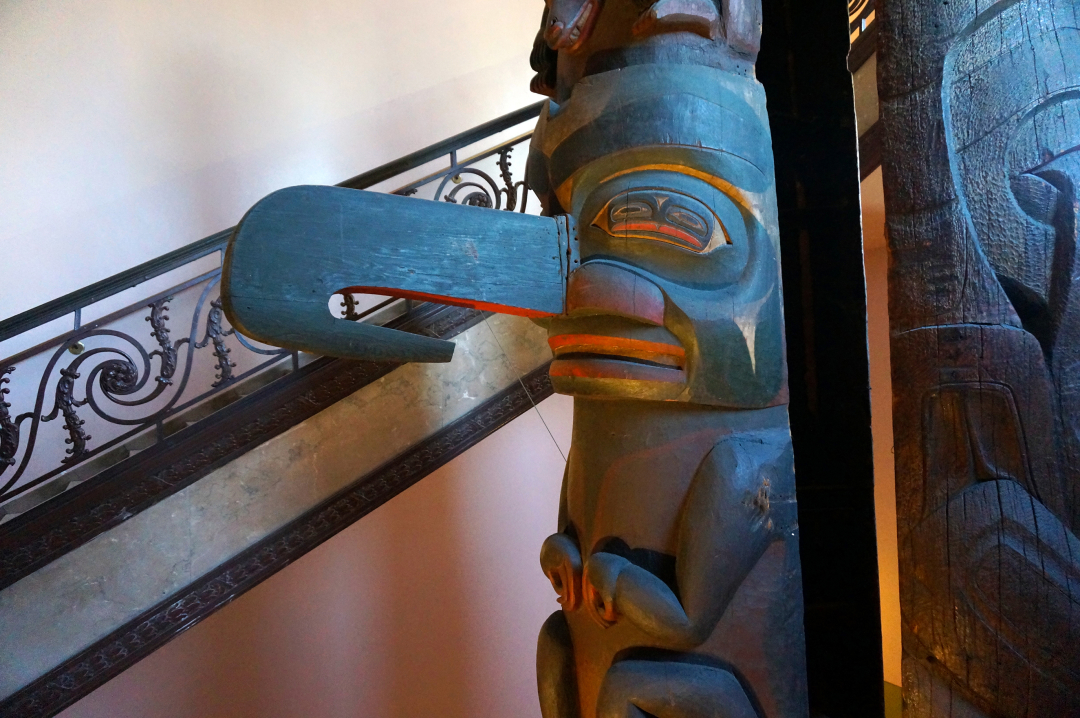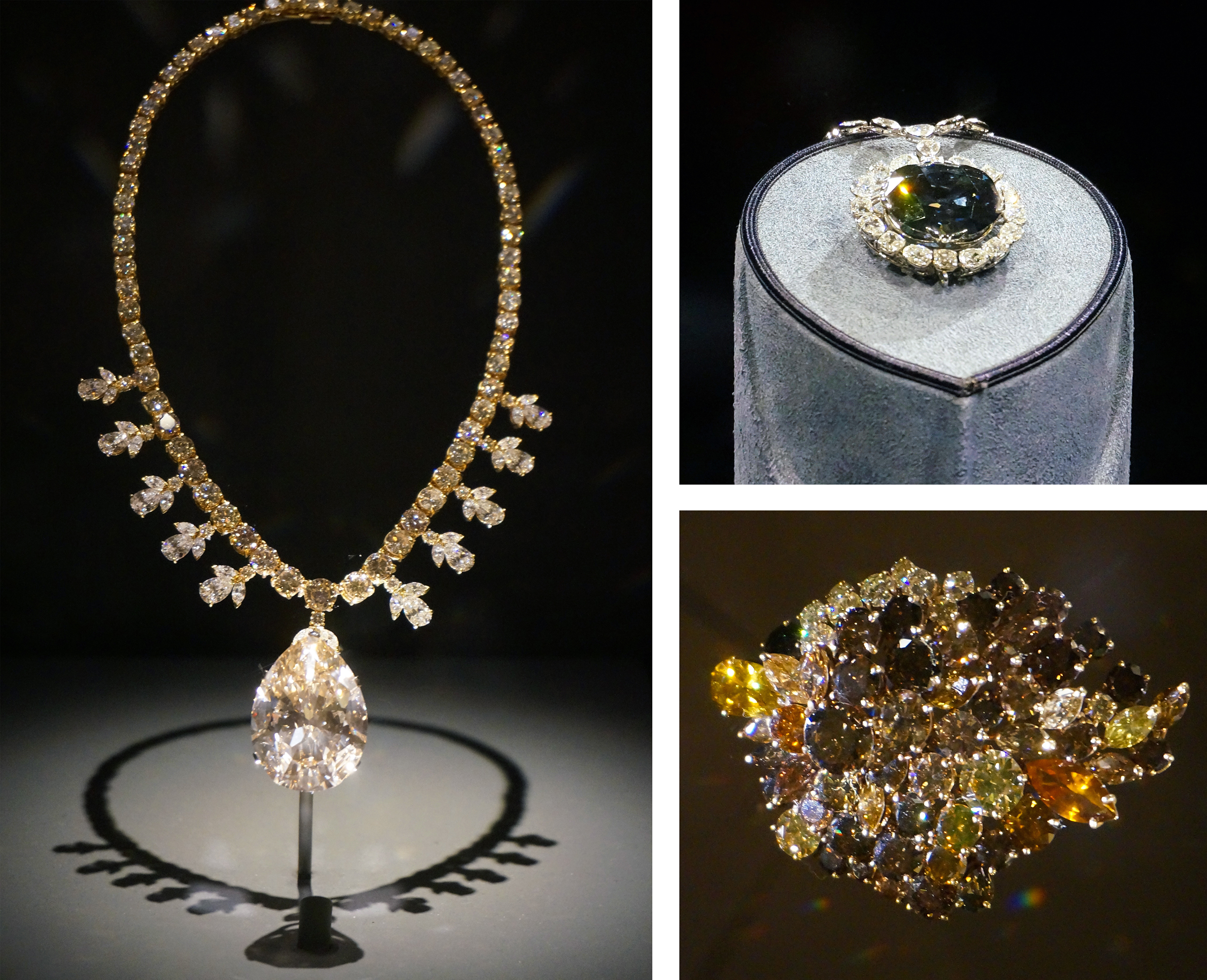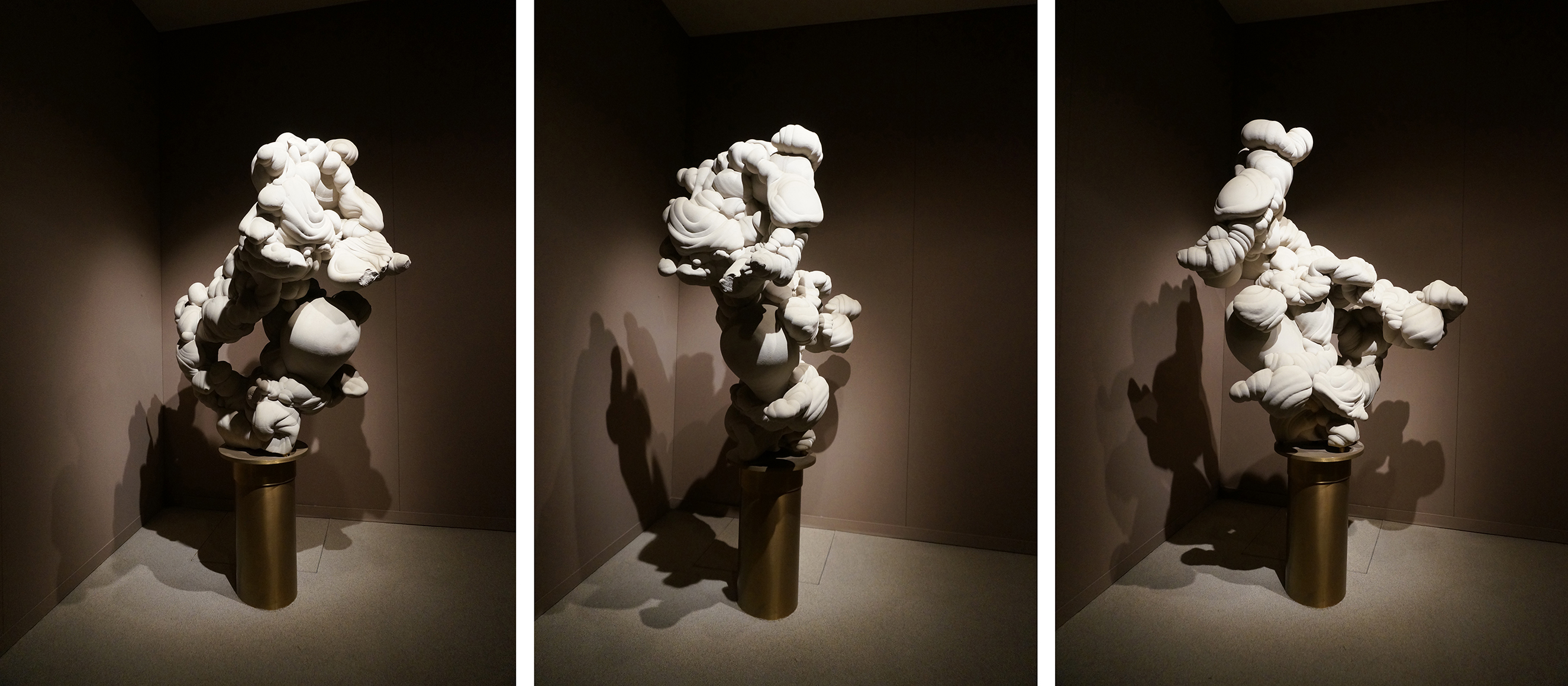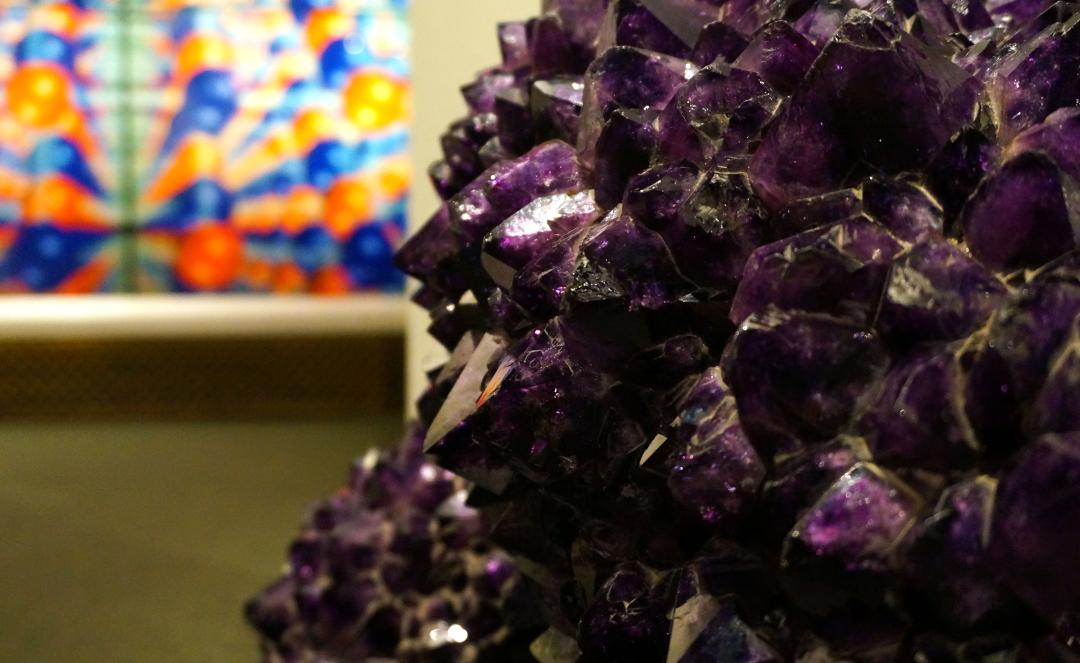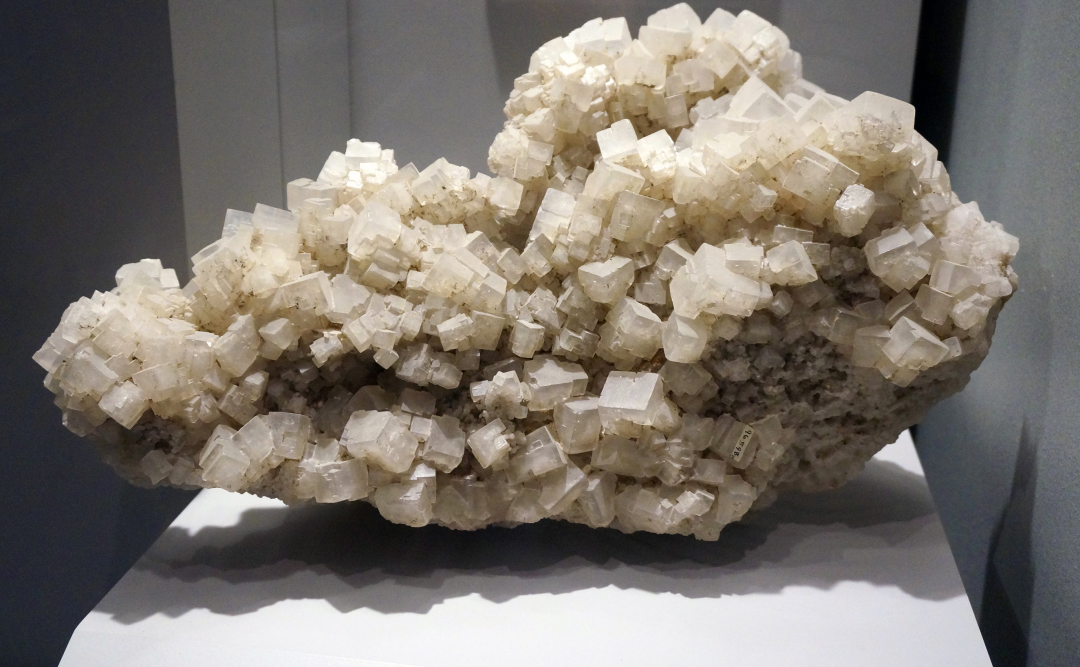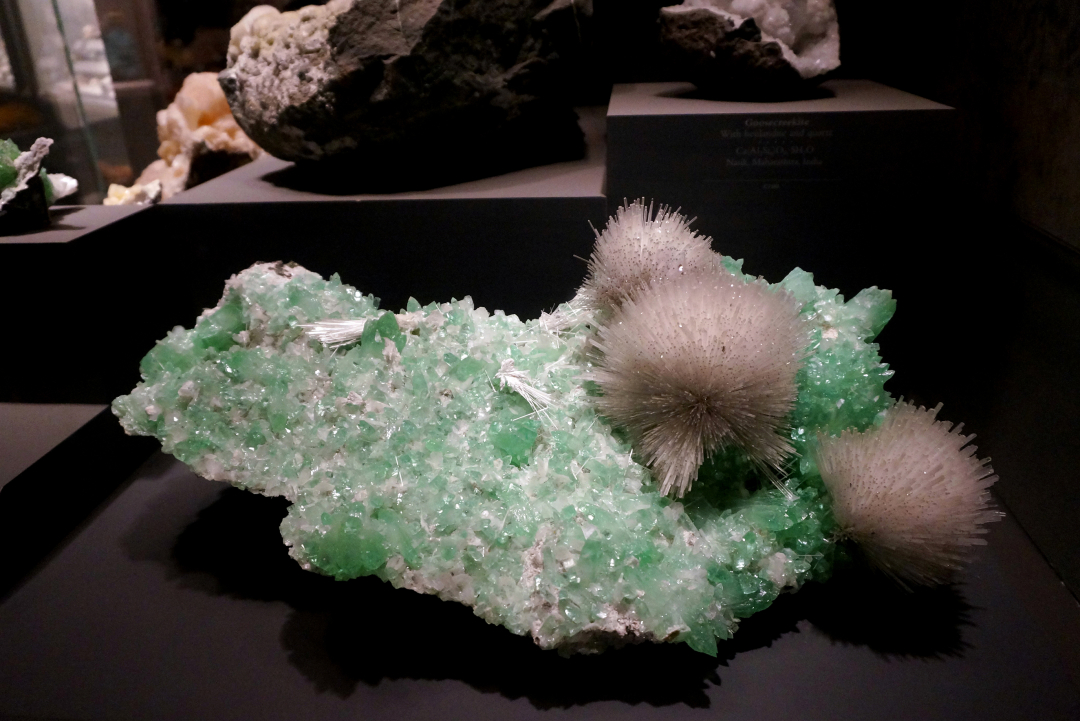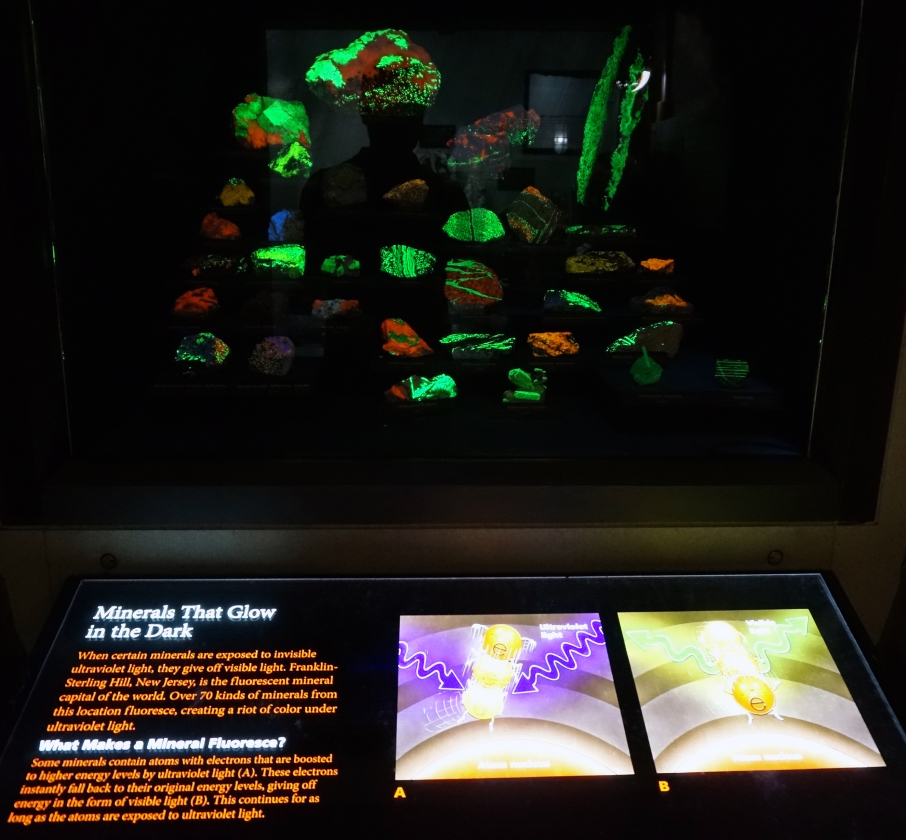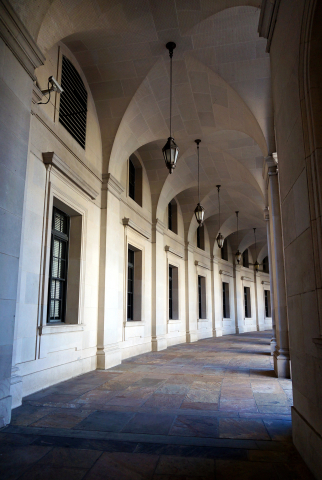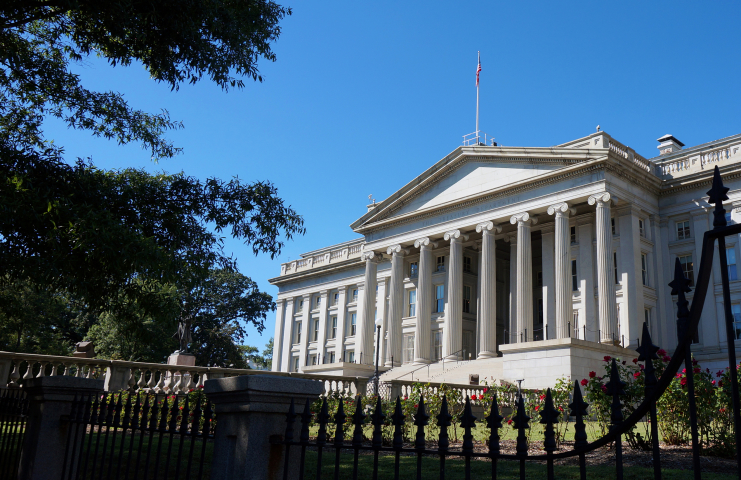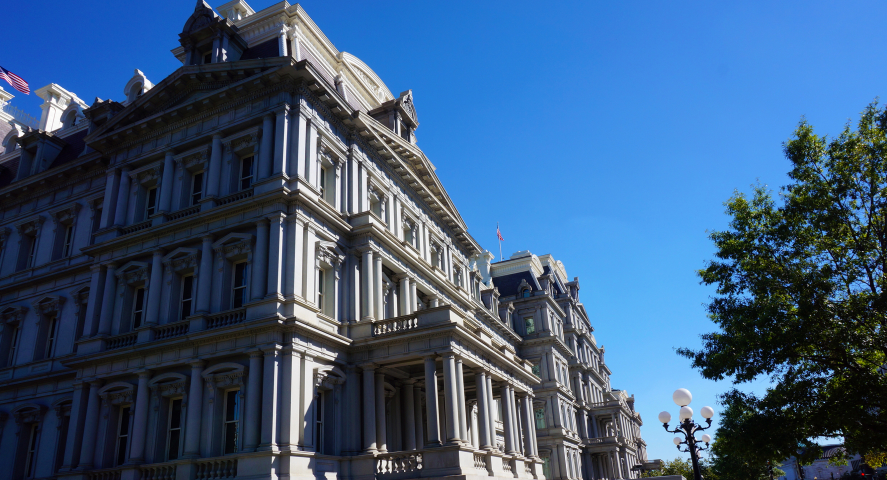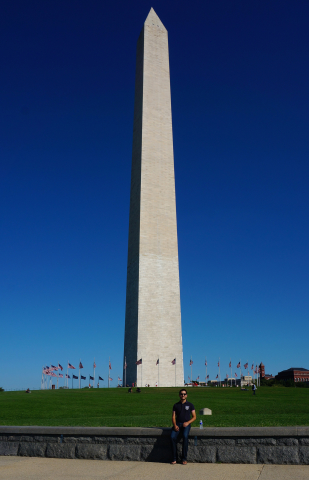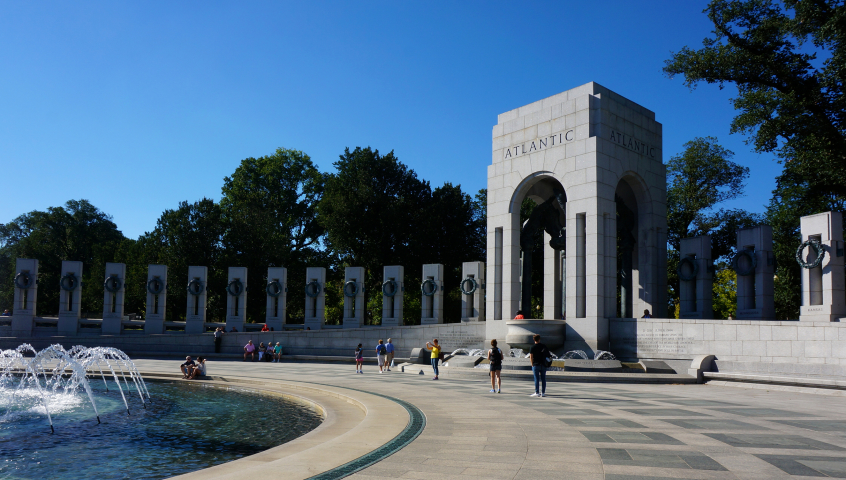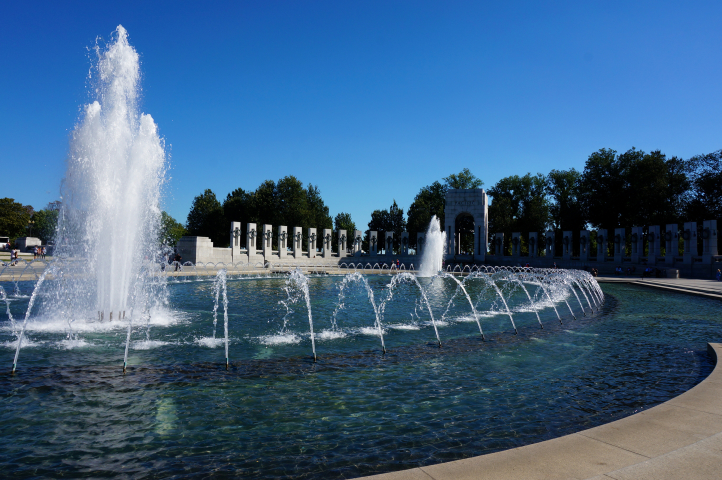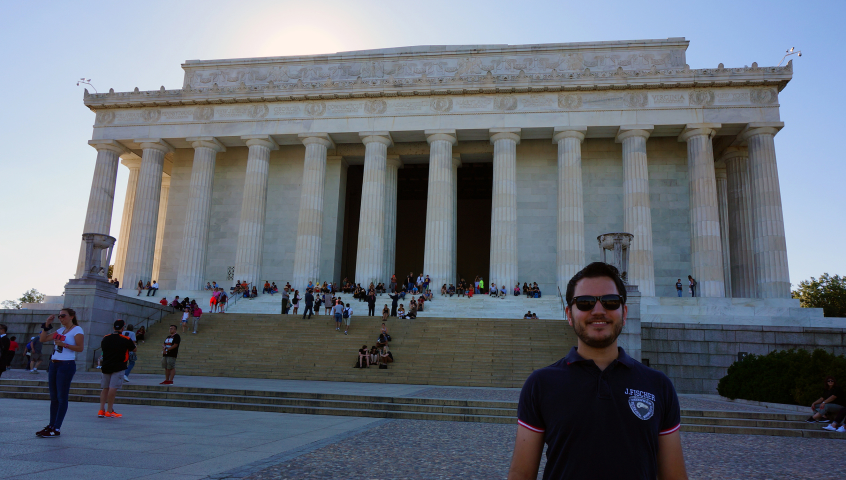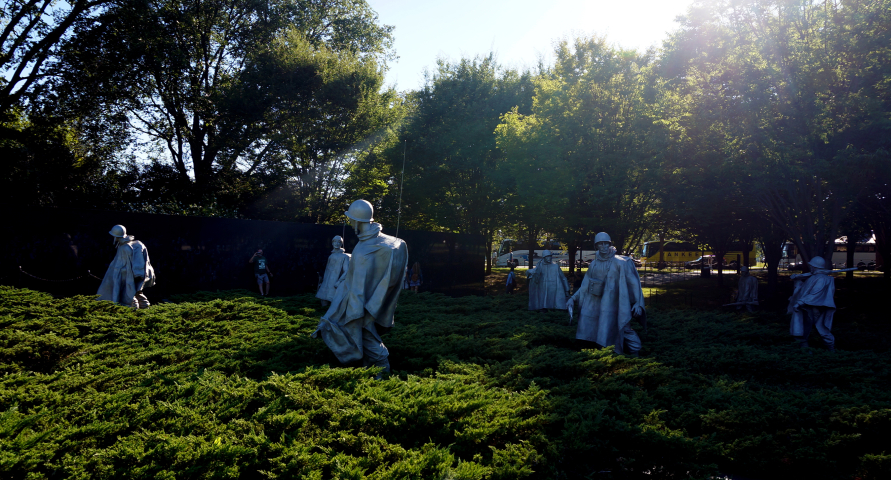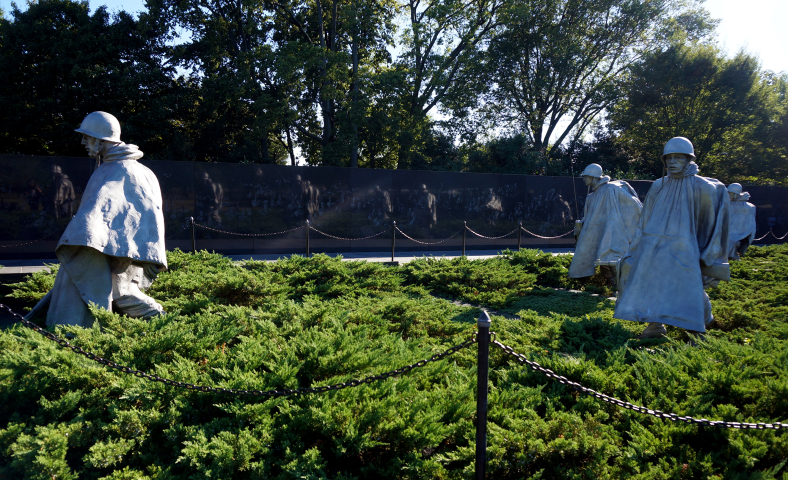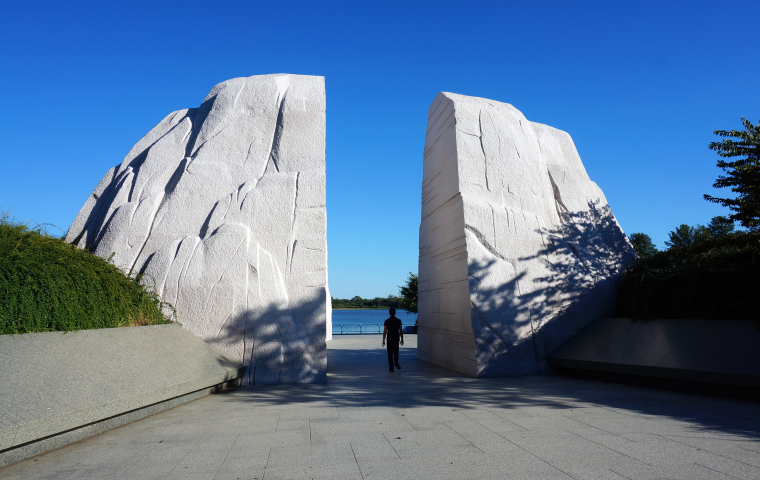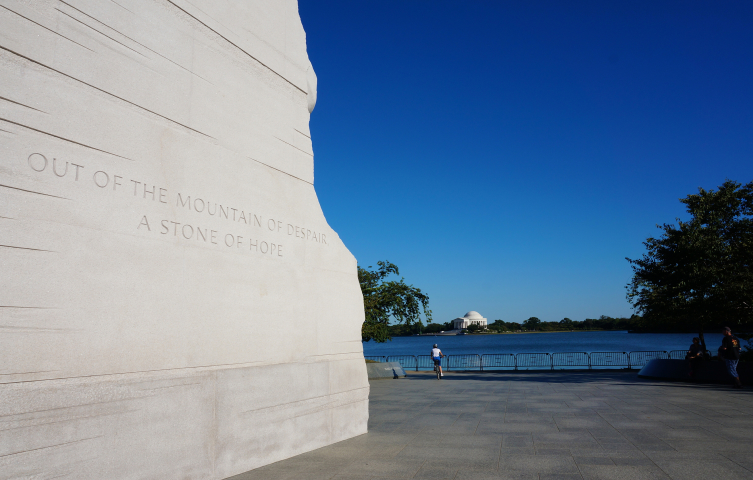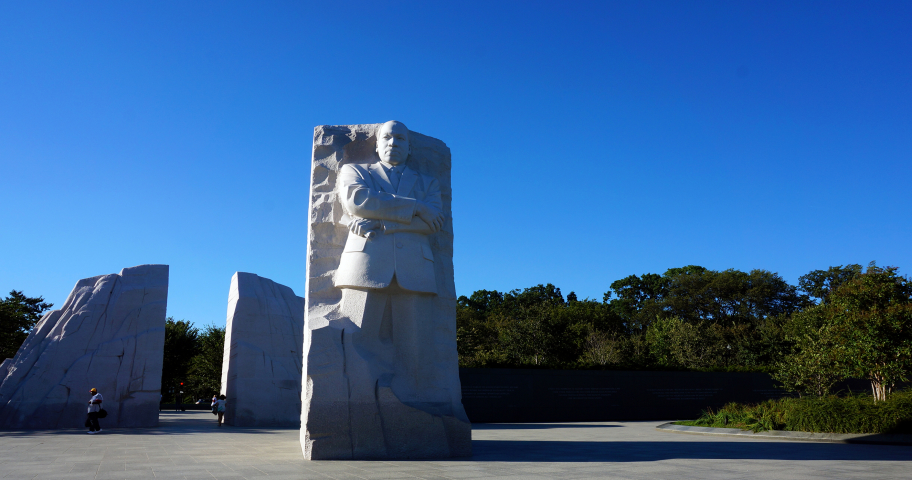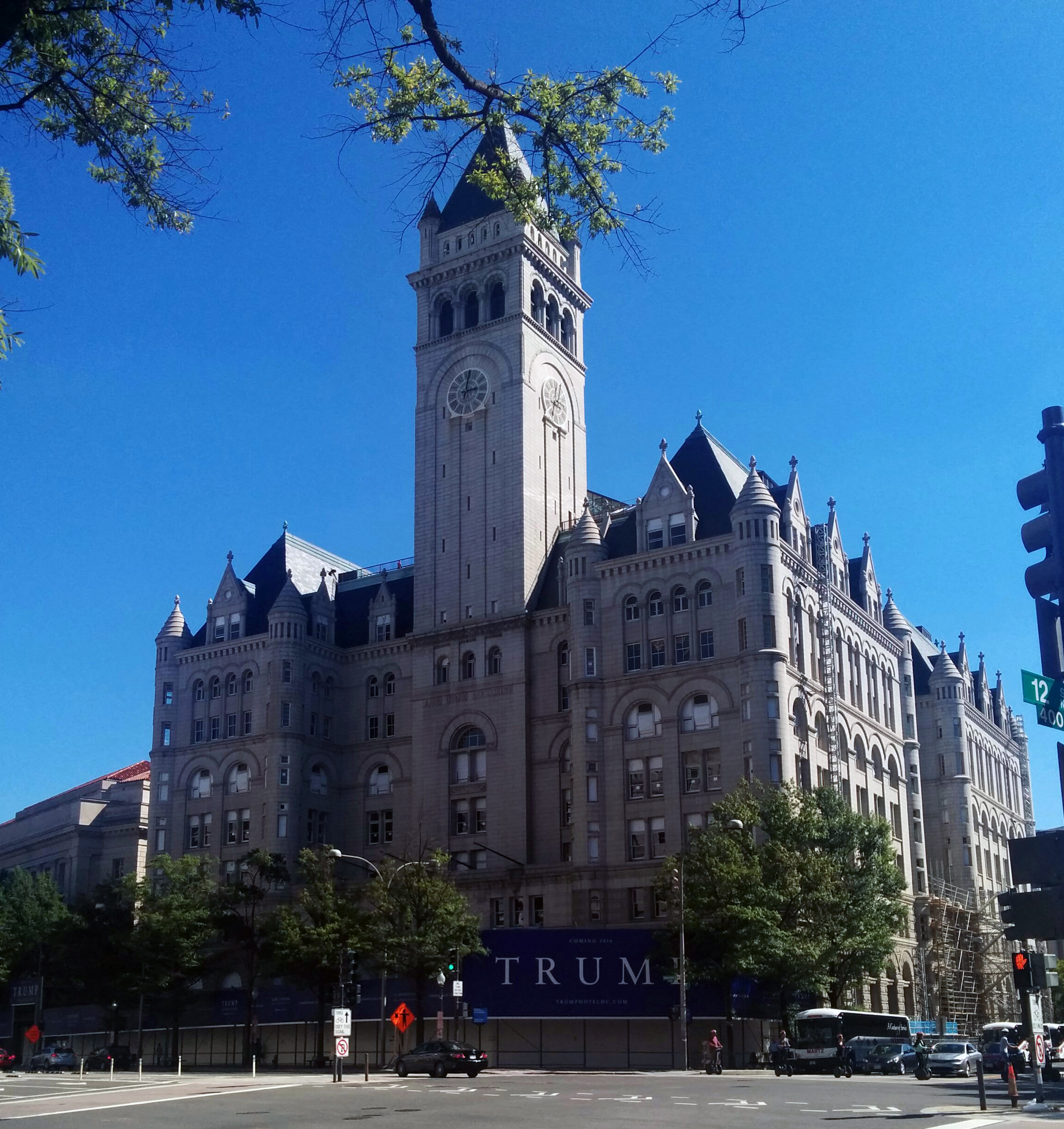Week 30.1: Joshua Tree National Park
In late January, we gave our noses a respite from the smell of the Salton Sea and headed to Joshua Tree National Park. Beloved by southern Californians and immortalized in numerous songs (even a U2 album), the park encompasses a vast and beautiful desert, as well as numerous examples of its namesake, the Joshua Tree. It was an unforgettable day.
Cuddly Cactus
Our initial impression upon entering Joshua Tree (through its southern entrance) is that it was empty. Most of the good stuff is in the northwestern corner, and as the park map makes plain, the other three quadrants contain mostly… nothing.
It was nonetheless a really enjoyable area, just a little lackluster after having visited the incredible Big Bend. Guess we’re national park snobs now! But soon, we came to the awesome Cholla Cactus Garden, named after the pretty cholla cactus.
They’re known as the “Teddy Bear Cholla,” and they’re kind of cute! But they’re also very murderous. Even the slightest touch can cause barbs to be implanted in your skin, where they hurt like hell and are nearly impossible to remove. A placard near the garden provided the following quotation:
“If the plant bears any helpful or even innocent part in the scheme of things on this planet, I should be glad to hear of it.” — J Smeaton Chase
There are thousands of cholla cactuses clustered in a small area at Joshua Tree, with a little path winding its way through them. Strangely, they seem to be found nowhere else in the park. We enjoyed strolling through the cholla garden, but we definitely did so carefully.
Rocking Out
After our careful exploration of the cactus garden, we headed further northwest, to the “White Tanks” and imaginatively-named “Jumbo Rocks” campground area. Here, we found huge boulders, scattered across the landscape in fascinating shapes and formations.
We stopped for a picnic lunch in an area that looked like it came right out of the Flintstones. (We’re not the only ones who have made this connection!) We wandered around through fields of giant boulders, many of which take on familiar shapes – ears, battlements, a Martian’s head. It was surreal and awesome.
We soon came to a large natural archway, which Jake climbed up nearly gracefully. The top turned out to be a little too difficult to reach, but he got pretty close. (The theme of the day was: “don’t die at Joshua Tree.”)
We also visited a boulder known as Skull Rock, for reasons that should be apparent. We have to say, in real life it wasn’t too impressive, but the face really comes out in the photos.
Joshua Trees!
Continuing on, we soon came to the park’s star attraction: Joshua Trees. These tall, spindly trees are only found in this region of the world – although not only in the park – and they grow into fantastic, gnarled shapes. A large Joshua Tree often looks like it’s tying itself into knots! (See the one on the far right below.)
To survive in the desert, the leaves are long, narrow, and waxy, preventing water loss. Since there are very few other sources of shade, Joshua Trees are an integral part of the desert ecosystem. They grow in huge, carefully spaced groves, and are endlessly fun to photograph. We stopped the car about 12 times while driving, just to hop out and take a picture of this cool Joshua Tree, then that one… you get the picture.
Lunar Light
One great thing about National Parks is that there’s always something else to do. After seeing our fill of Joshua Trees, we stopped at Keys View for a gorgeous look out over the desert hills, and the Coachella Valley beyond. Our pictures don’t quite capture the panoramic effect, so you’ll have to use the power of imagination.
Afterwards, we explored an area called “Hidden Valley,” which was entirely encircled by stone until a hole was blown open by cattle ranchers. Joshua Tree is big on literal names, apparently. We walked a mile loop inside Hidden Valley, enjoying the scenery, which was a mixture of boulders, different boulders, and trees.
Near the end of our hike, we were treated to a full moon rising over the valley cliffs, resulting in one of our favorite pictures from our entire trip (the featured image at the top).
All Downhill From Here
With night falling, we headed back to the Salton Sea from Hidden Valley after a long but very enjoyable day. The drive back itself was actually pretty great too, because Joshua Tree rises in elevation from south to north. After slowly making our way uphill all day, we rode back in neutral from ~6,000 feet to lower than sea level. It took about an hour total, and amazingly, we almost never needed to use the gas pedal the entire way. We have to say, quietly gliding through a national park beneath the full moon was an amazing experience.
As we exited the park, we were treated to one last delight: a spectacular sunset over the valley below. The desert is awesome.
Previous Post: Week 30: The Stinking Salton Sea

